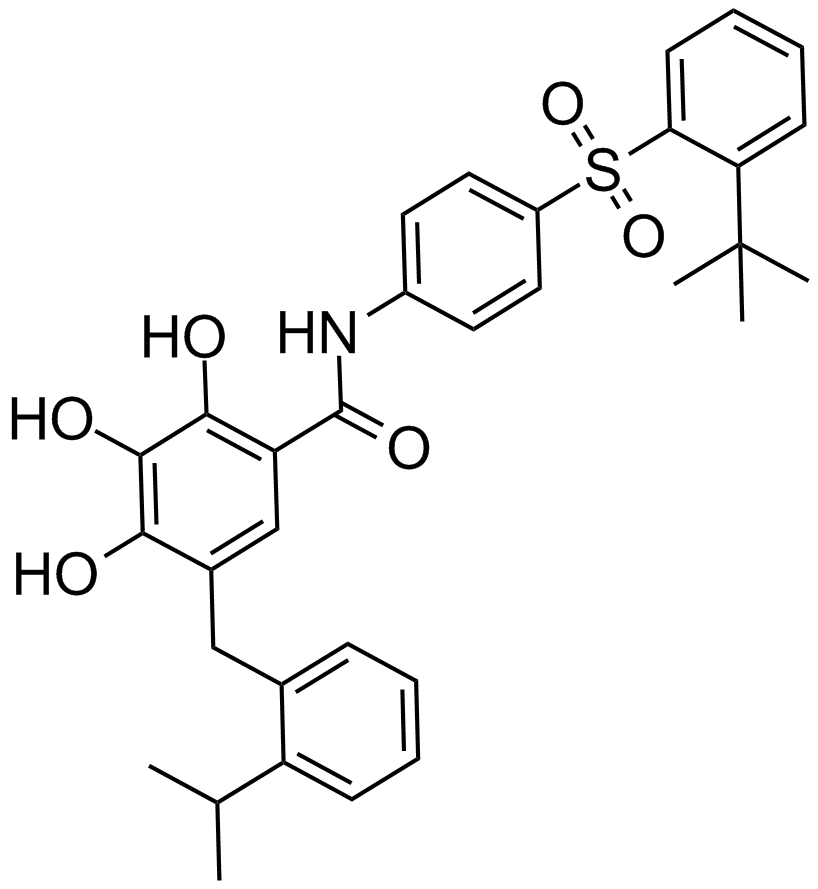Apoptosis Inducers
Apoptosis, a programmed cell death to eliminate damaged or abnormal cells, is a highly organized physiological process characterized by condensation of nuclear heterochromatin, cell shrinkage and loss of positional organization of organelles in the cytoplasm. Apoptosis inducers are a collection of compounds that are capable of inducing apoptosis in cells. Apoptosis has been extensively studied in numerous researches, where induction of apoptosis has been associated with a variety of events, including activation of p53 gene, transcription factor NF-κB or caspases. Apoptosis inducers have the potential to be incorporated into the management and therapy or prevention of cancer for their ability to induce apoptosis in cancer cells.
Produkte für Apoptosis Inducers
- Bestell-Nr. Artikelname Informationen
-
GC16375
(±)-Jasmonic Acid methyl ester
(±)-JasmonsÄuremethylester ist ein kÖrpereigener Metabolit.
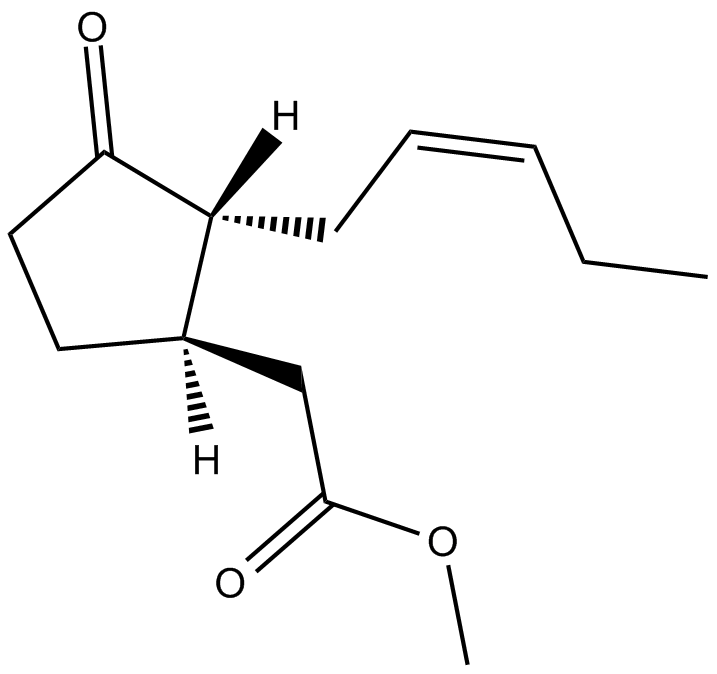
-
GC11988
15-acetoxy Scirpenol
15-Acetoxyscirpenol, eines der Mykotoxine der Acetoxyscirpenol-Einheit (ASMs), induziert stark Apoptose und hemmt das Wachstum von Jurkat-T-Zellen dosisabhängig, indem es andere Caspasen unabhängig von Caspase-3 aktiviert.
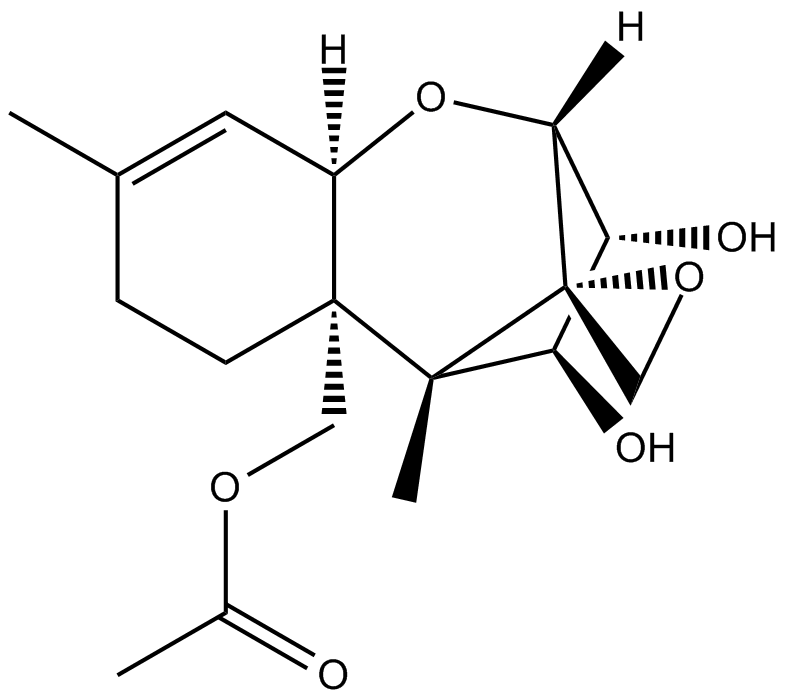
-
GC12258
2,3-DCPE hydrochloride
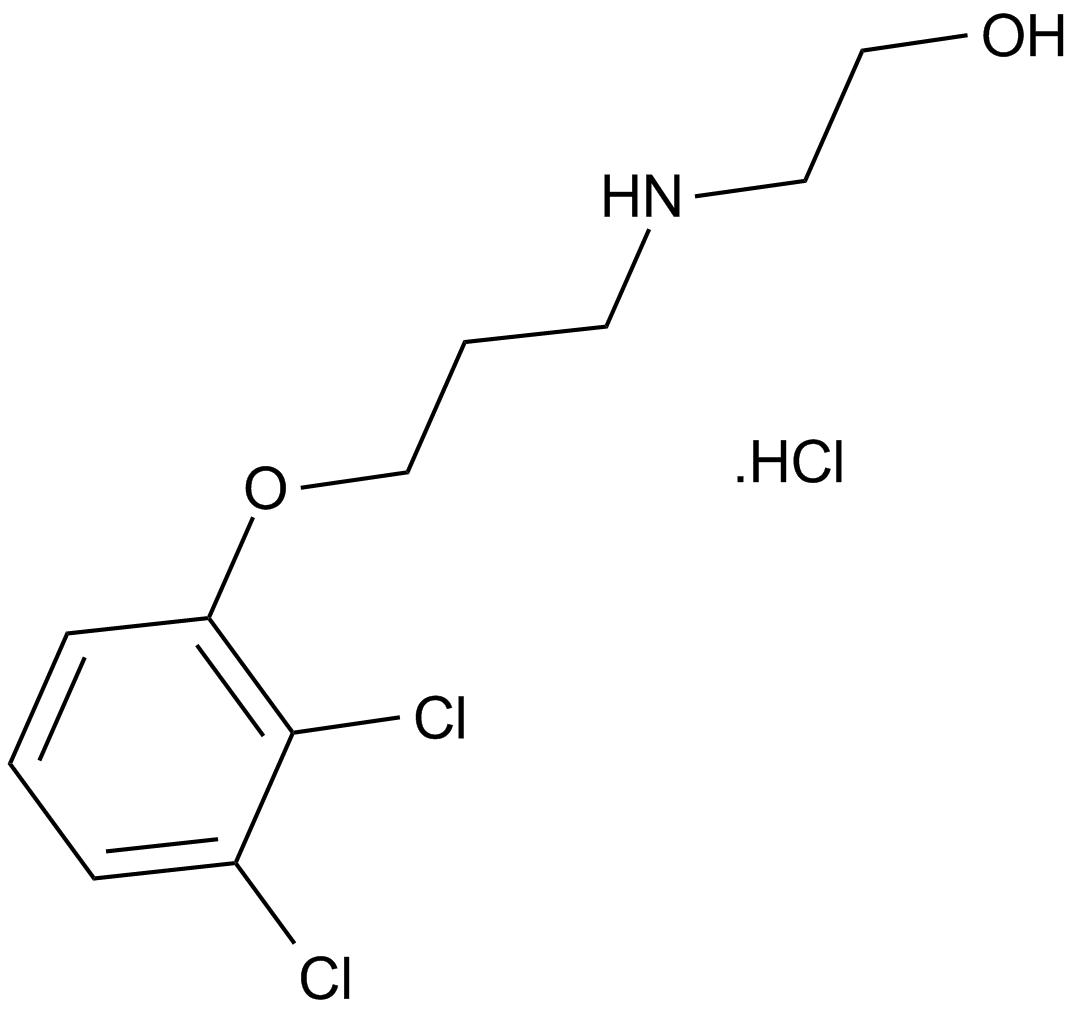
-
GC15084
2-Methoxyestradiol (2-MeOE2)
2-Methoxyestradiol (2-MeOE2/2-Me) is a HIF-1α inhibitor that inhibits HIF-1α accumulation and HIF transcriptional activity. 2-Methoxyestradiol can trigger p53-induced apoptosis and has potential antitumor activity..
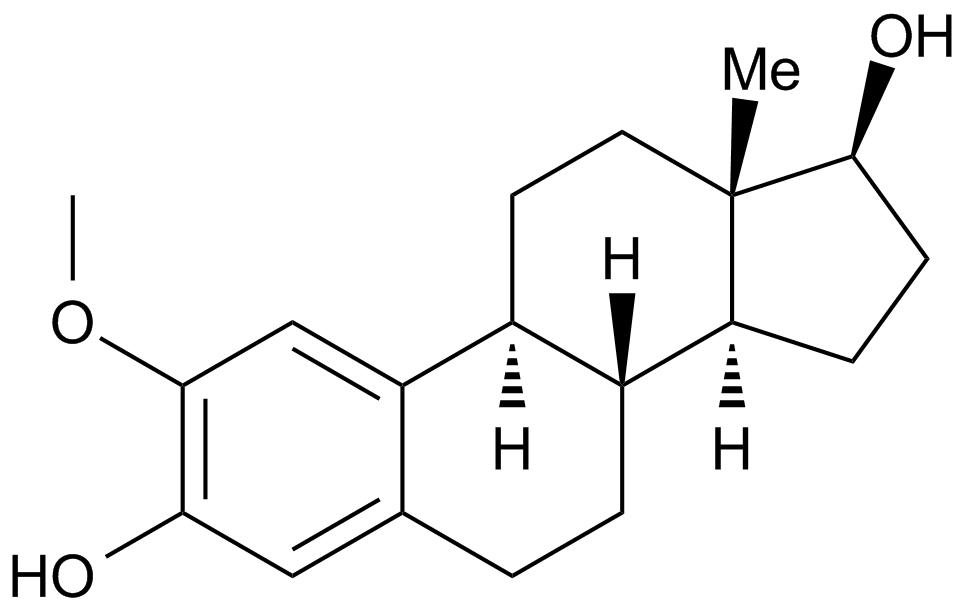
-
GC12791
3,3'-Diindolylmethane
A phytochemical with antiradiation and chemopreventative effects

-
GC16037
7BIO
7BIO (7-Bromoindirubin-3-Oxime) ist das Derivat von Indirubin.
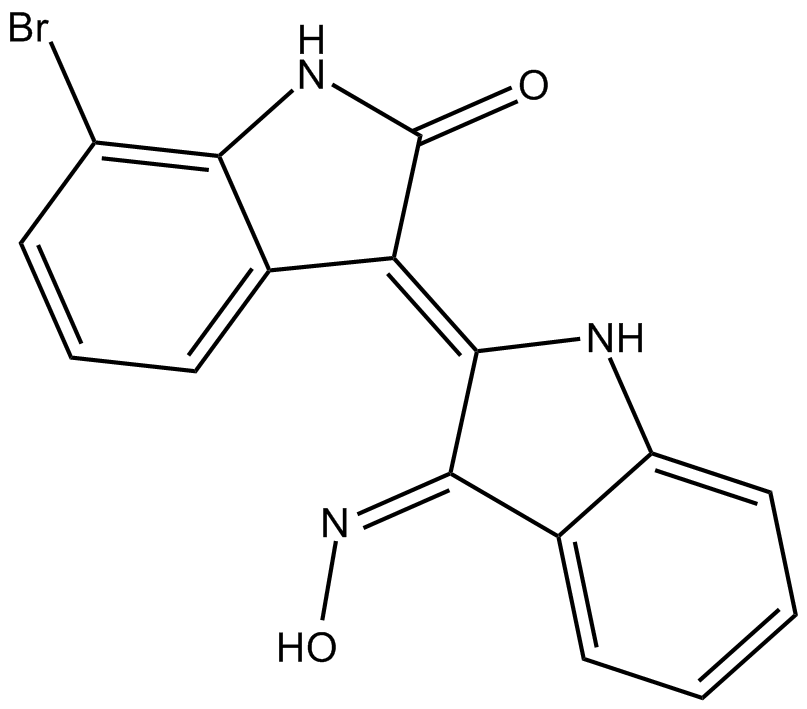
-
GC16866
Actinomycin D
Ein DNA-interagierender Transkriptionsblocker mit antikarzinogener Aktivität.
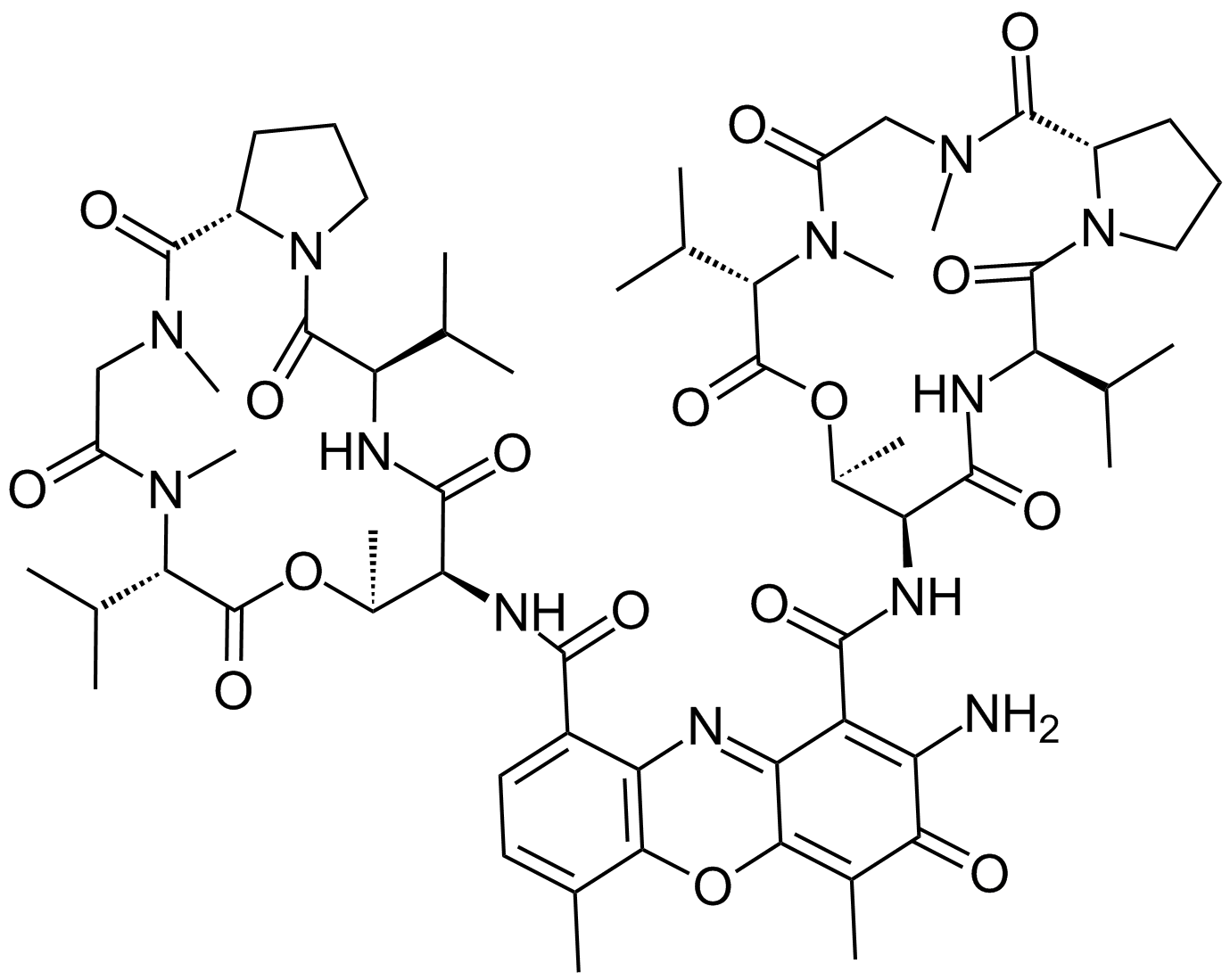
-
GC12961
Apicidin
Ein HDAC-Inhibitor, der die Zellmembran durchdringen kann.
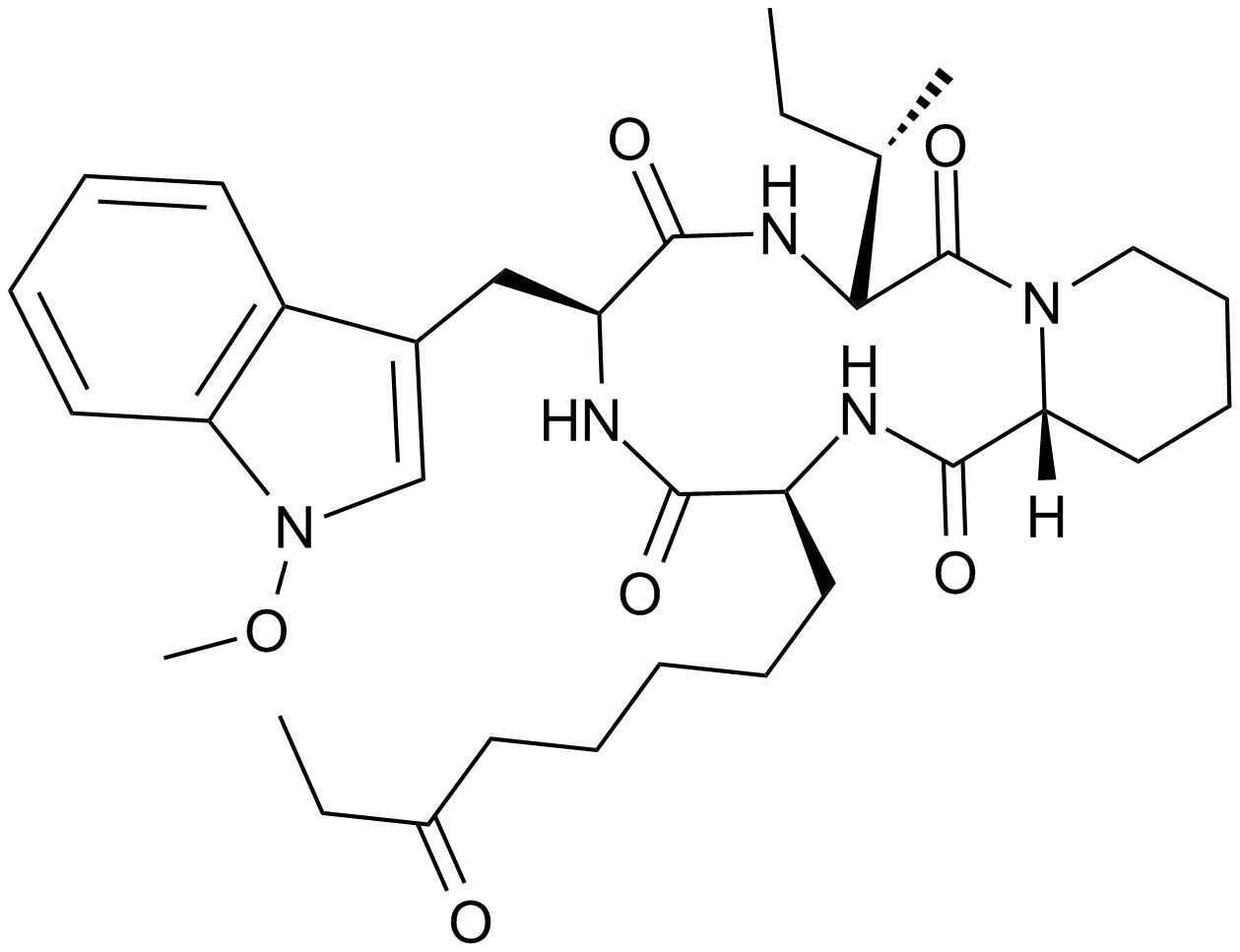
-
GC15878
Atractyloside Dipotassium Salt
Inhibitor of ADP/ATP translocases
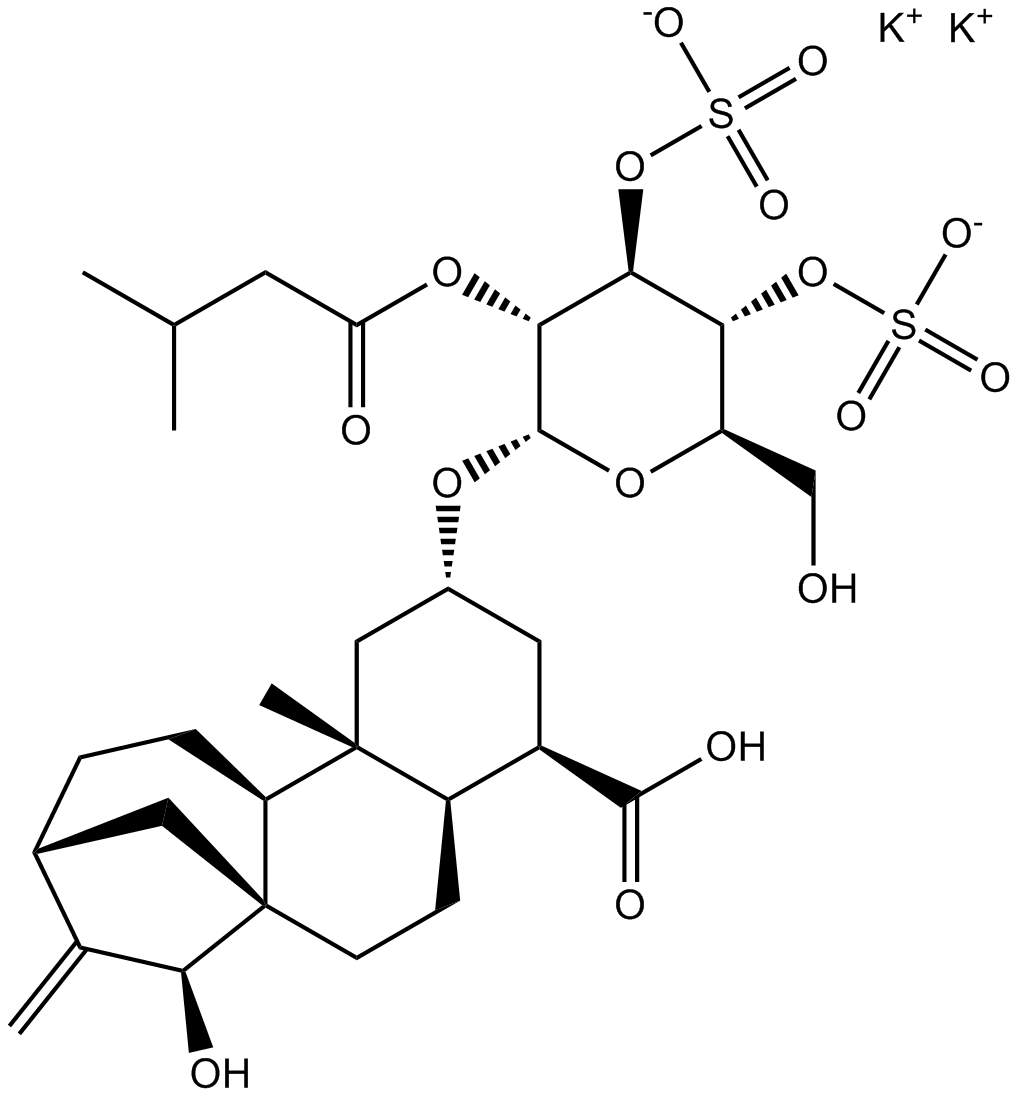
-
GC12053
BAM7
A direct activator of Bax
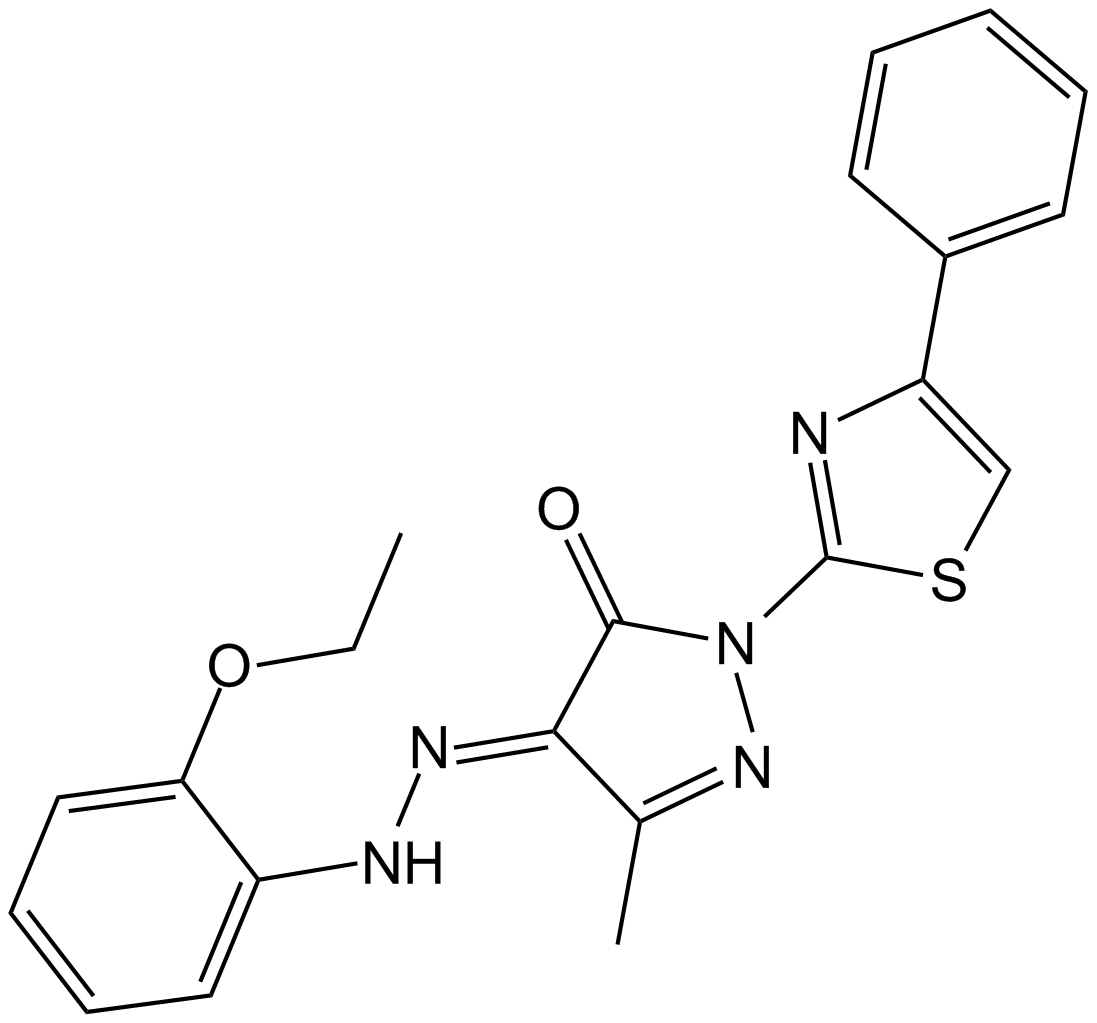
-
GC10744
Bendamustine HCl
Bendamustin-HCl (SDX-105), ein Purin-Analogon, ist ein DNA-Vernetzungsmittel. Bendamustin HCl aktiviert die Stressreaktion auf DNA-SchÄdigung und Apoptose. Bendamustin-HCl hat starke alkylierende, Antikrebs- und Antimetabolit-Eigenschaften.
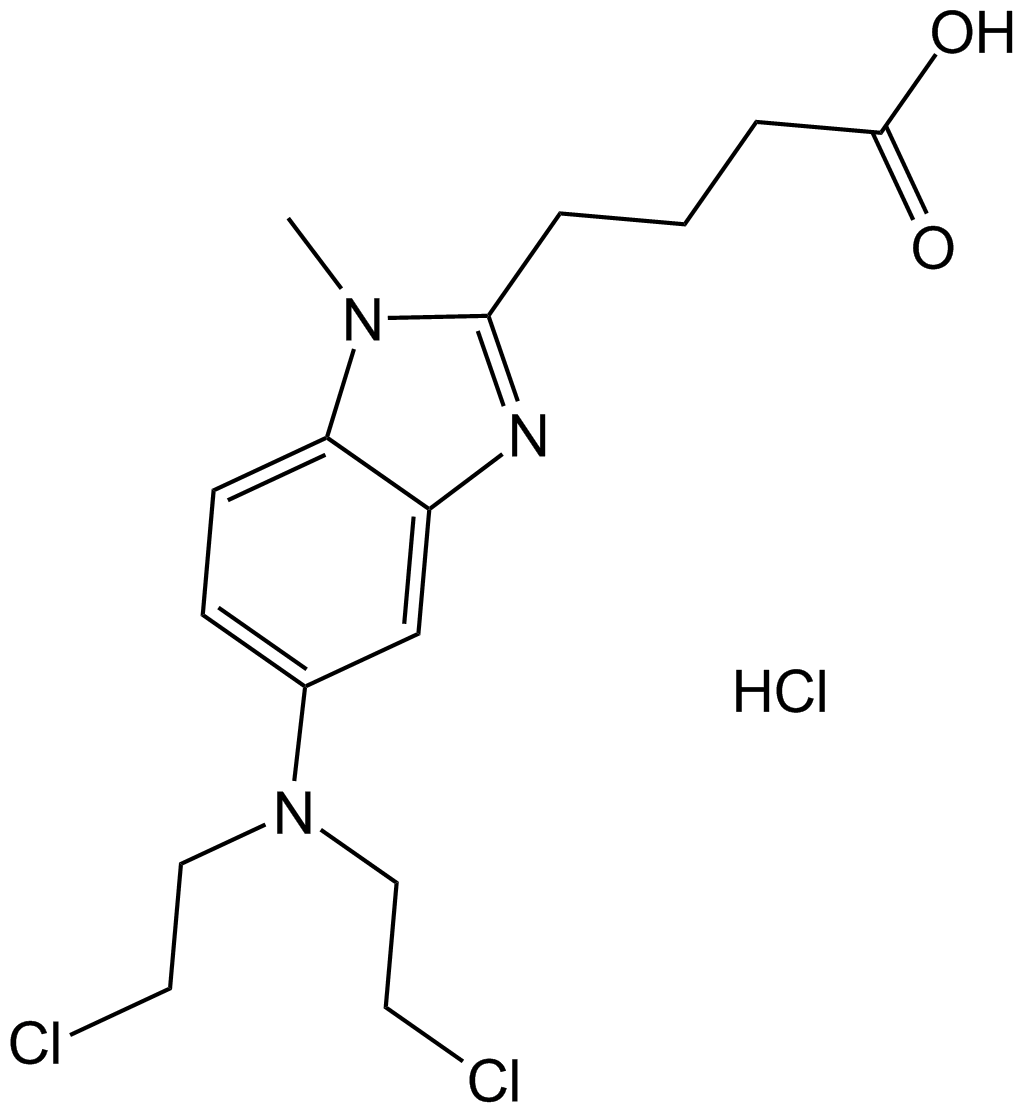
-
GC10480
Betulinic acid
A plant triterpenoid similar to bile acids
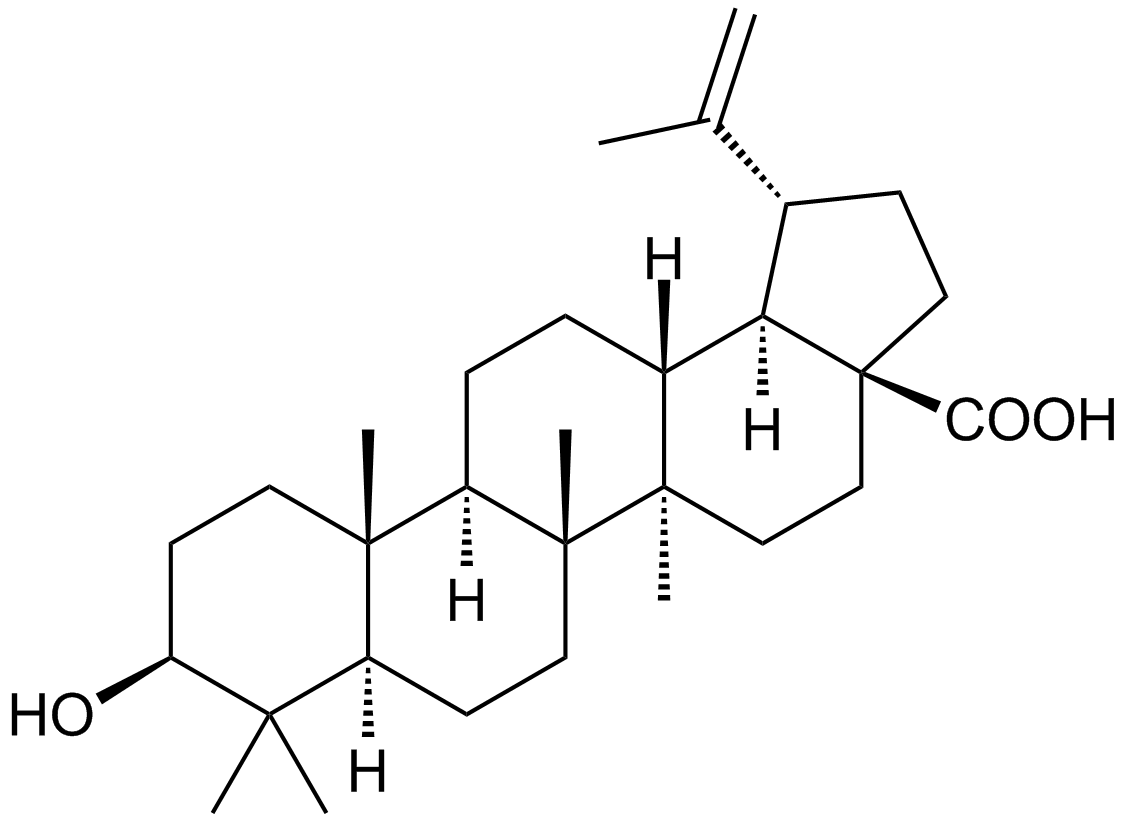
-
GC11632
Brassinolide
A plant growth regulator
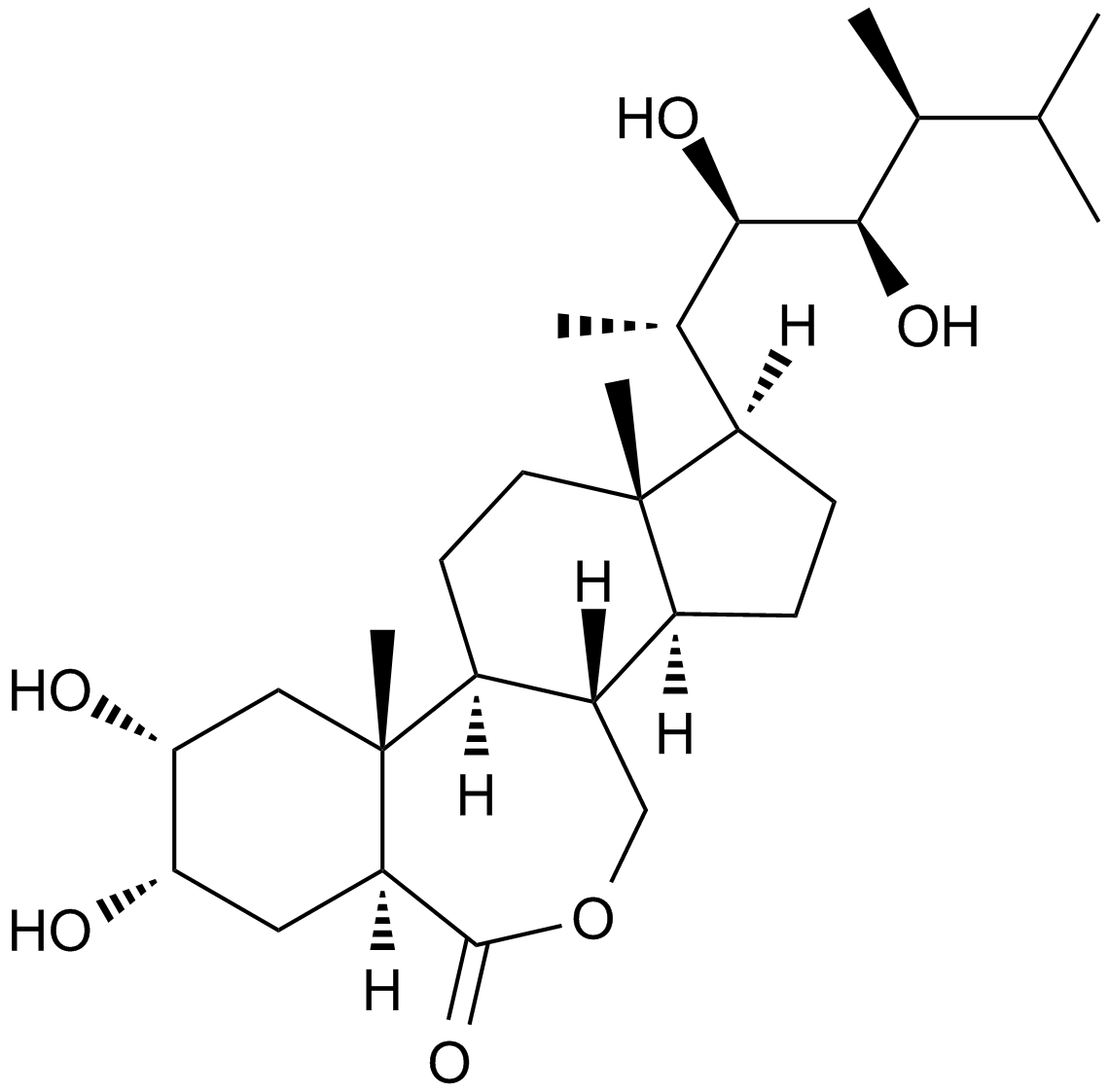
-
GC14065
Capsaicin
Ein Terpenalkaloid mit vielfältigen biologischen Aktivitäten.
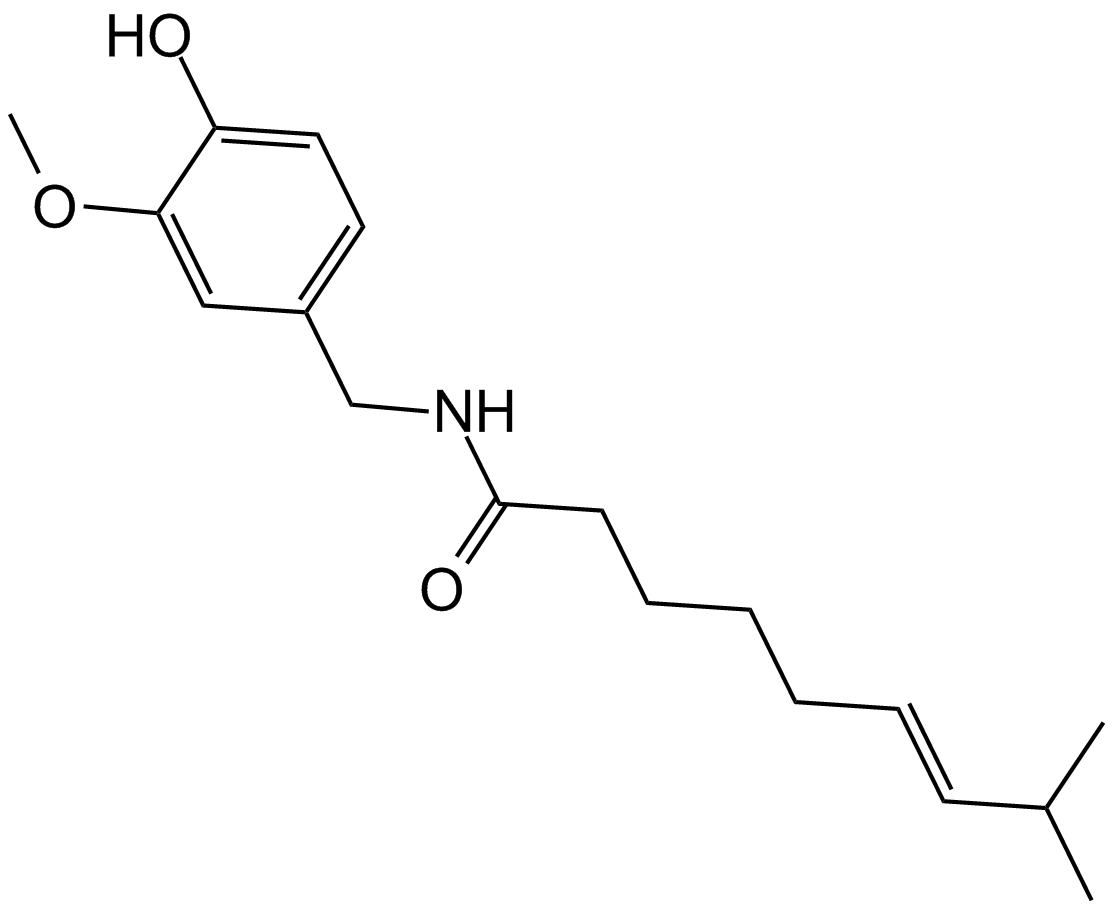
-
GC11710
CFM 4
CFM 4 ist ein potenter niedermolekularer Antagonist der CARP-1/APC-2-Bindung. CFM 4 verhindert die Bindung von CARP-1 an APC-2, verursacht einen Stillstand des G2M-Zellzyklus und induziert Apoptose mit einem IC50-Bereich von 10-15 μM. CFM 4 unterdrÜckt auch das Wachstum von arzneimittelresistenten menschlichen Brustkrebszellen.
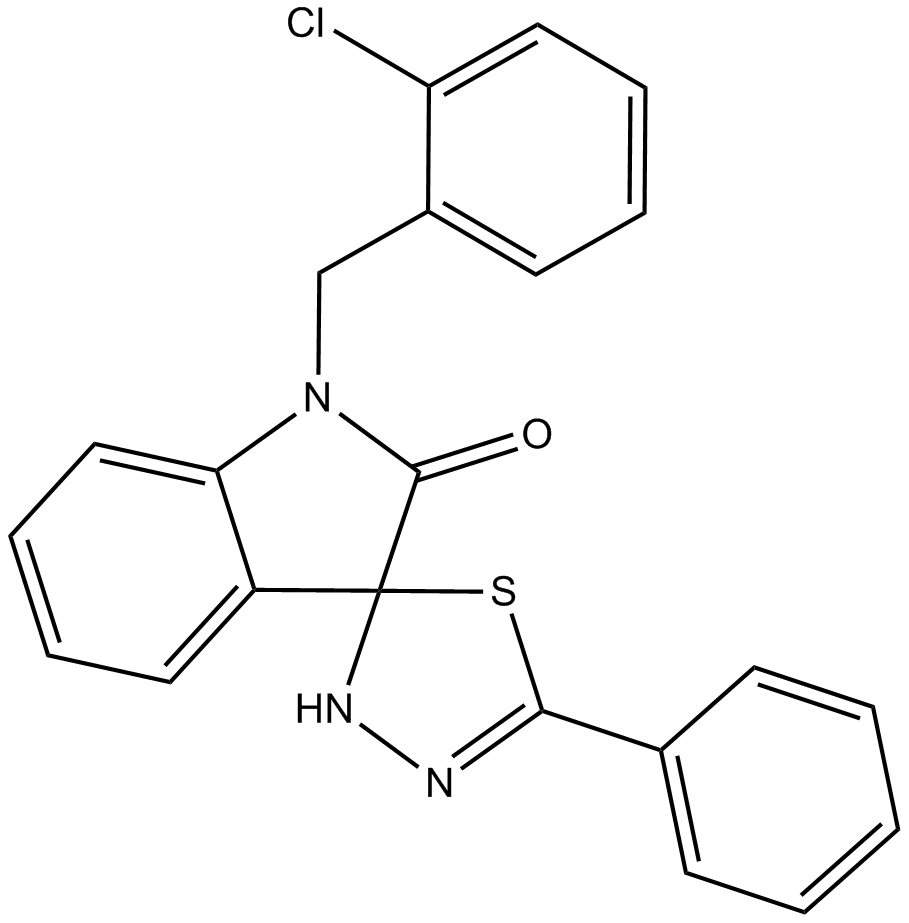
-
GC17969
CHM 1
An inhibitor of tubulin polymerization
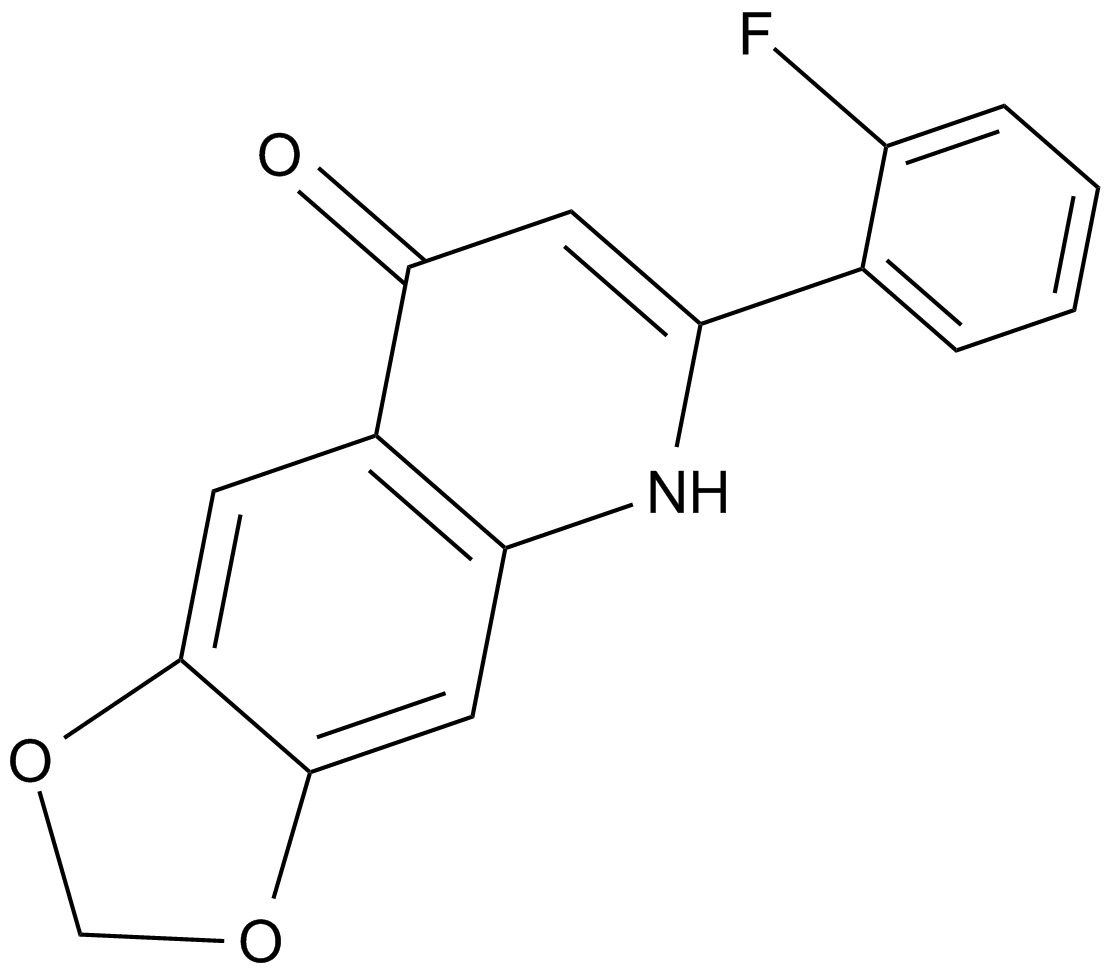
-
GC16661
Citrinin
Ein Mykotoxin, das Apoptose induziert.
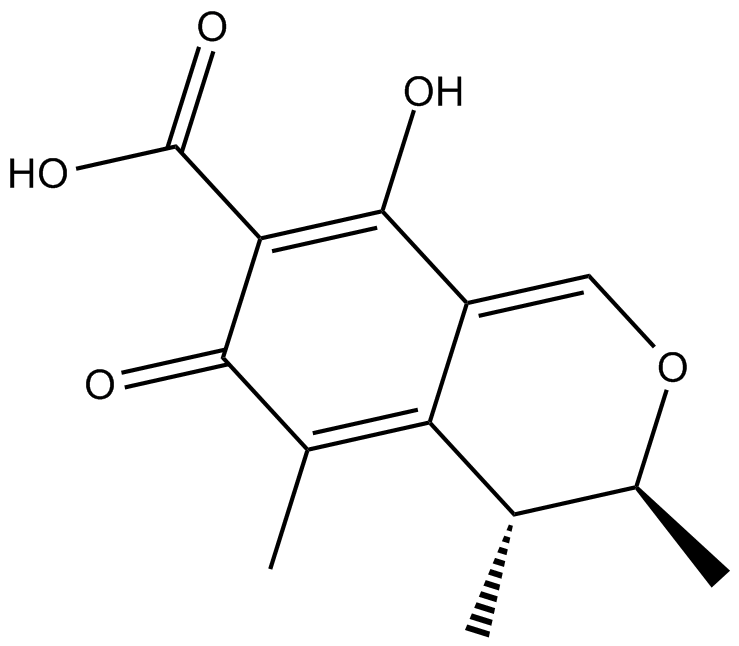
-
GC16116
Costunolide
A natural sesquiterpene lactone
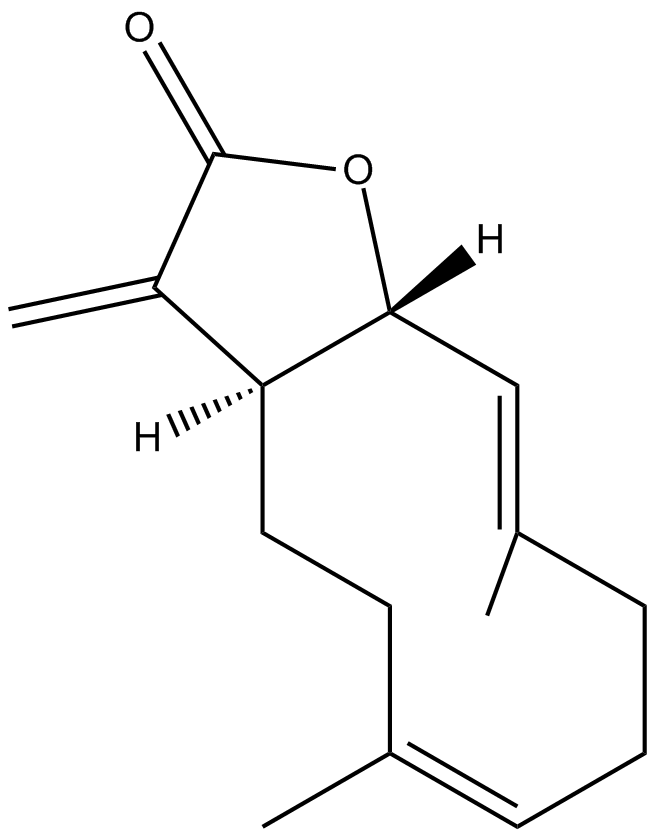
-
GC14787
Curcumin
Ein gelbes Pigment mit vielfältigen biologischen Aktivitäten.
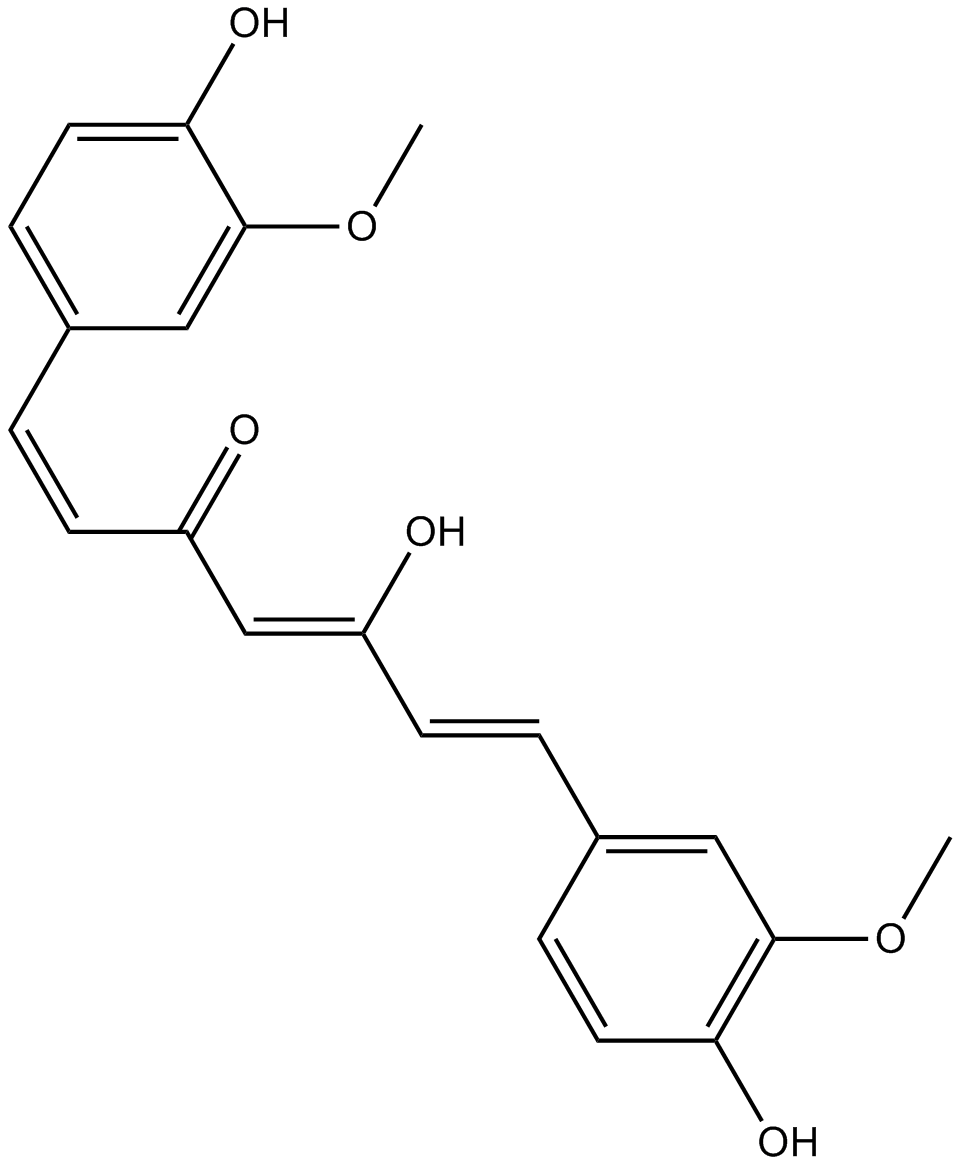
-
GC17198
Cycloheximide
Cycloheximide is an antibiotic that inhibits protein synthesis at the translation level, acting exclusively on cytoplasmic (80s) ribosomes of eukaryotes.
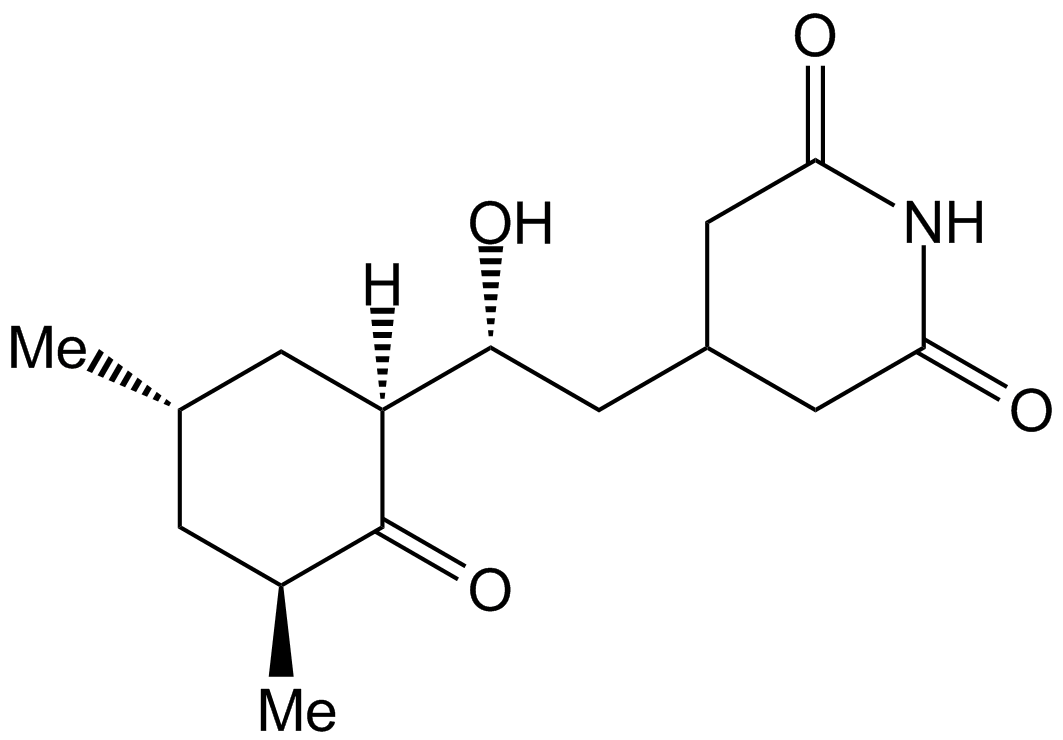
-
GC15484
Deguelin
A potent antiproliferative rotenoid compound
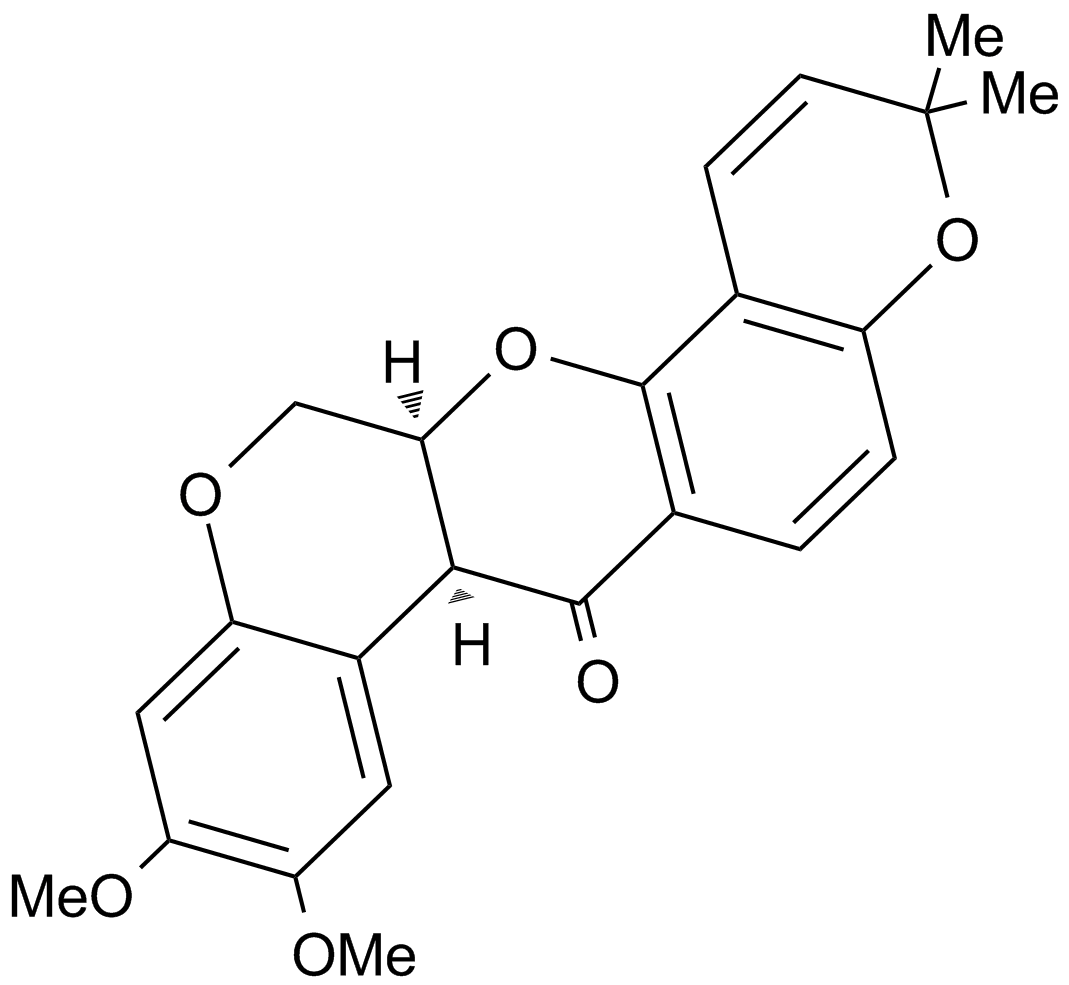
-
GC10661
Destruxin B
Destruxin B, isoliert aus dem entomopathogenen Pilz Metarhizium anisopliae, ist eines der Cyclodepsipeptide mit insektiziden und krebsbekÄmpfenden AktivitÄten.
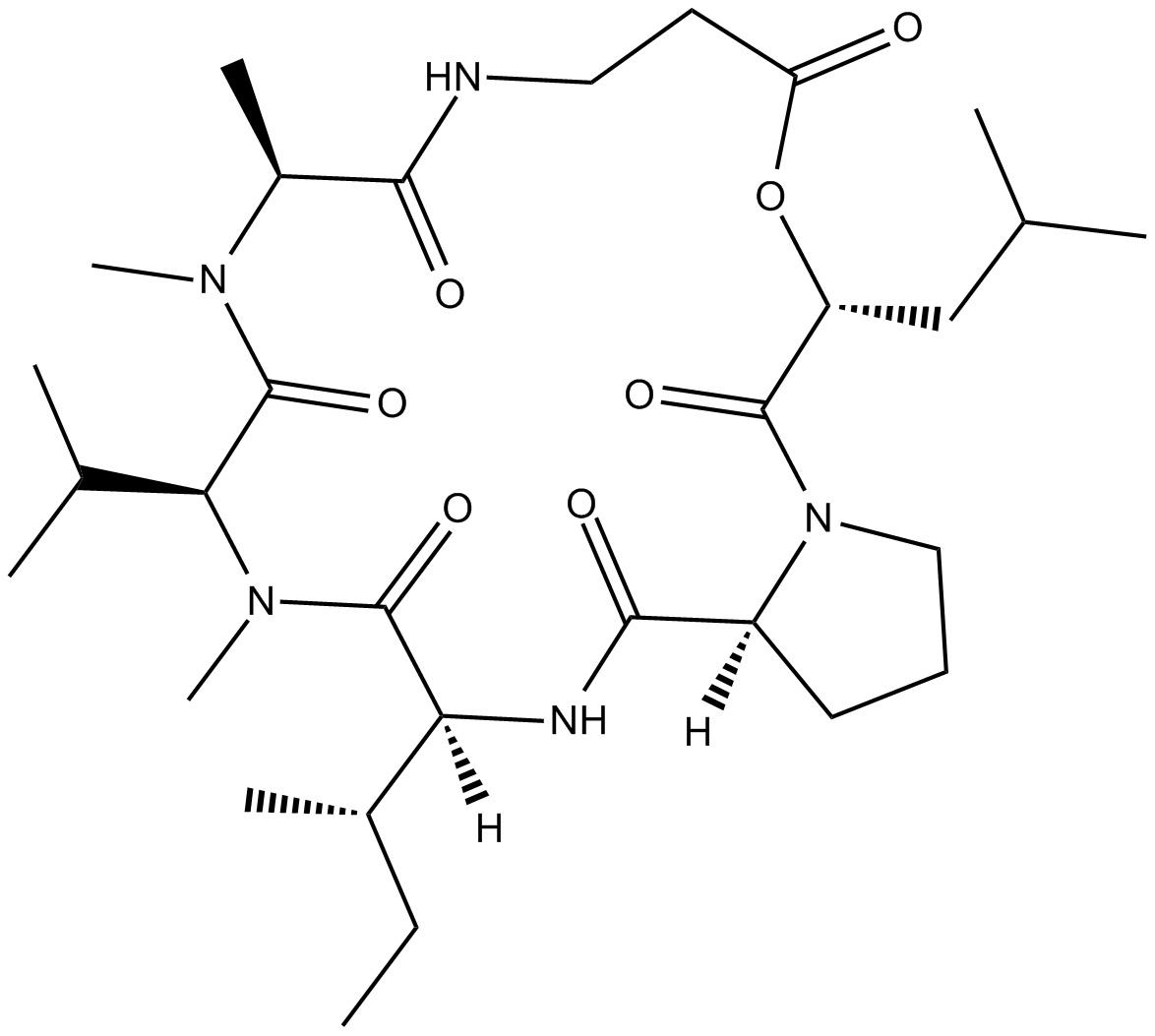
-
GC11834
Epibrassinolide
Epibrassinolid (24-Epibrassinolid) ist ein allgegenwÄrtig vorkommendes Pflanzenwachstumshormon, das ein großes Potenzial zur Linderung von Schwermetall- und Pestizidstress in Pflanzen aufweist. Epibrassinolid ist ein potenzieller Apoptoseinduktor in verschiedenen Krebszellen, ohne das Wachstum von Nicht-Tumorzellen zu beeintrÄchtigen.
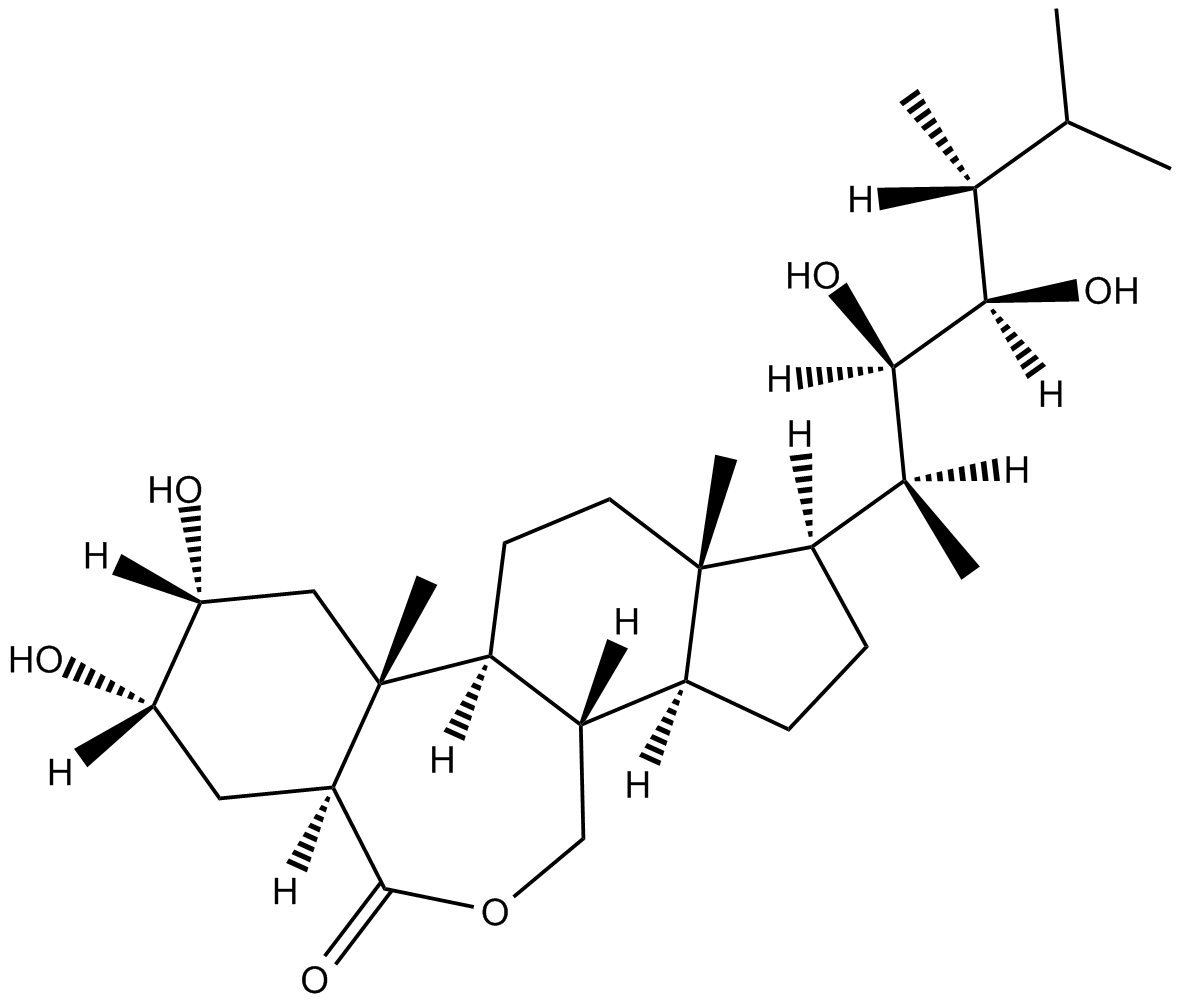
-
GC14791
F16
F16 ist ein potenter Wachstumsinhibitor der neu-Überexprimierenden Zellen und hemmt auch selektiv die Proliferation von Brustepithel sowie einer Vielzahl von Maus-Brusttumor- und menschlichen Brustkrebs-Zelllinien.
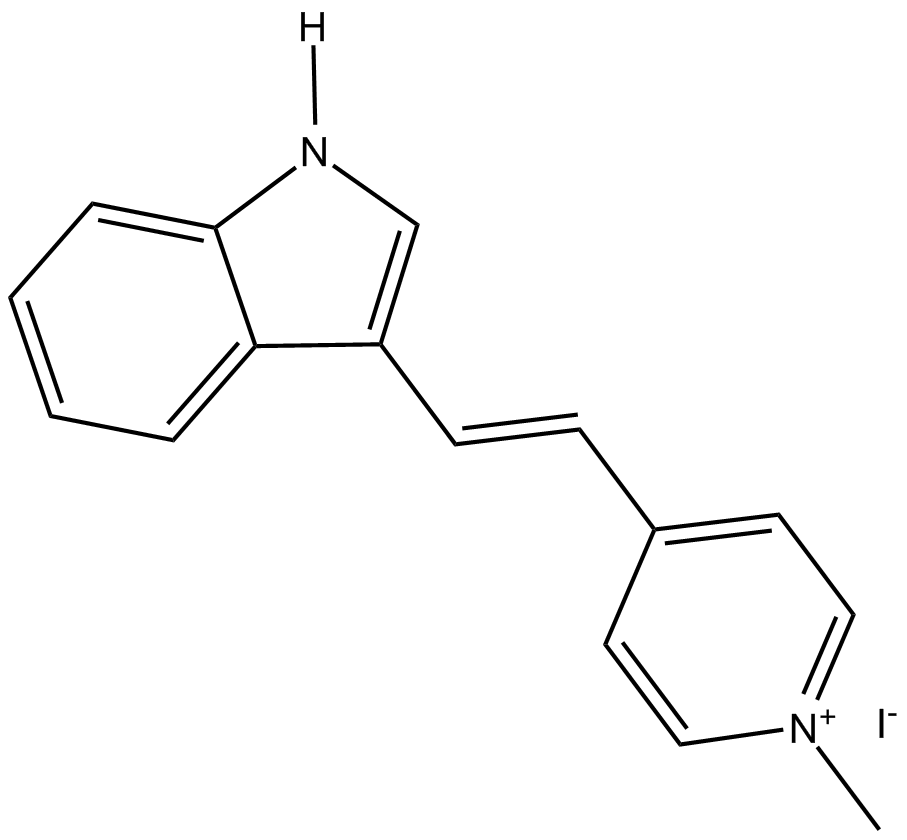
-
GC12139
Gambogic Acid
A xanthonoid with anticancer activity
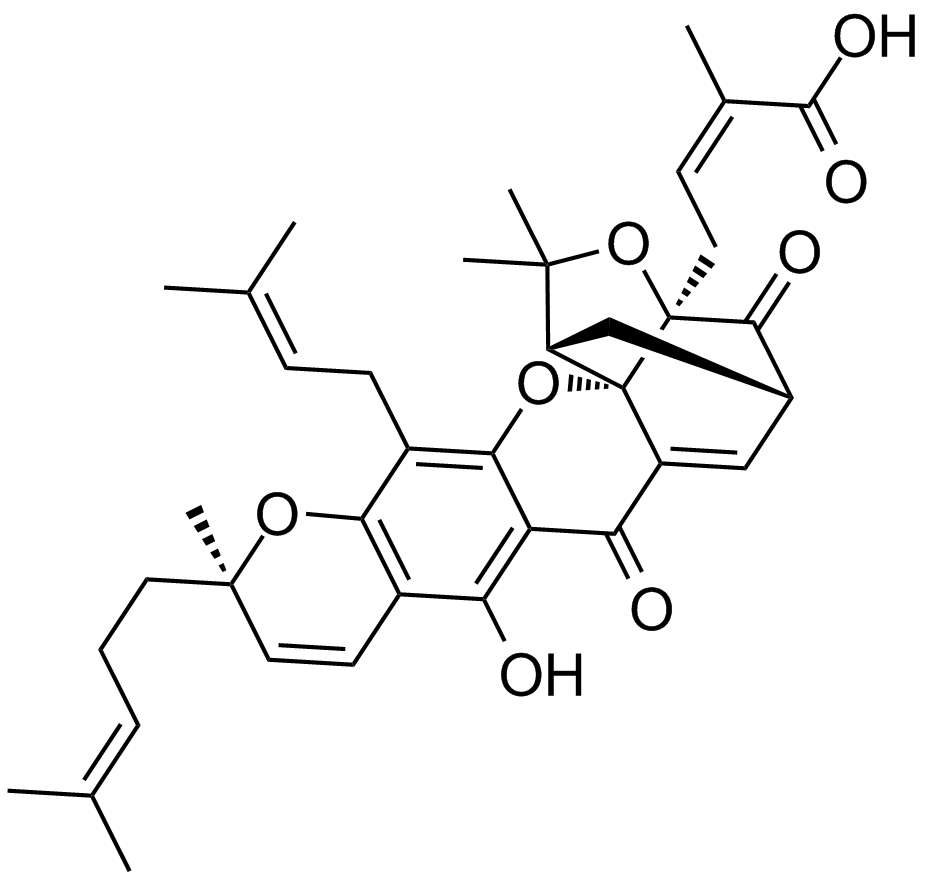
-
GN10421
Kaempferol
Ein diätetischer Flavonoid
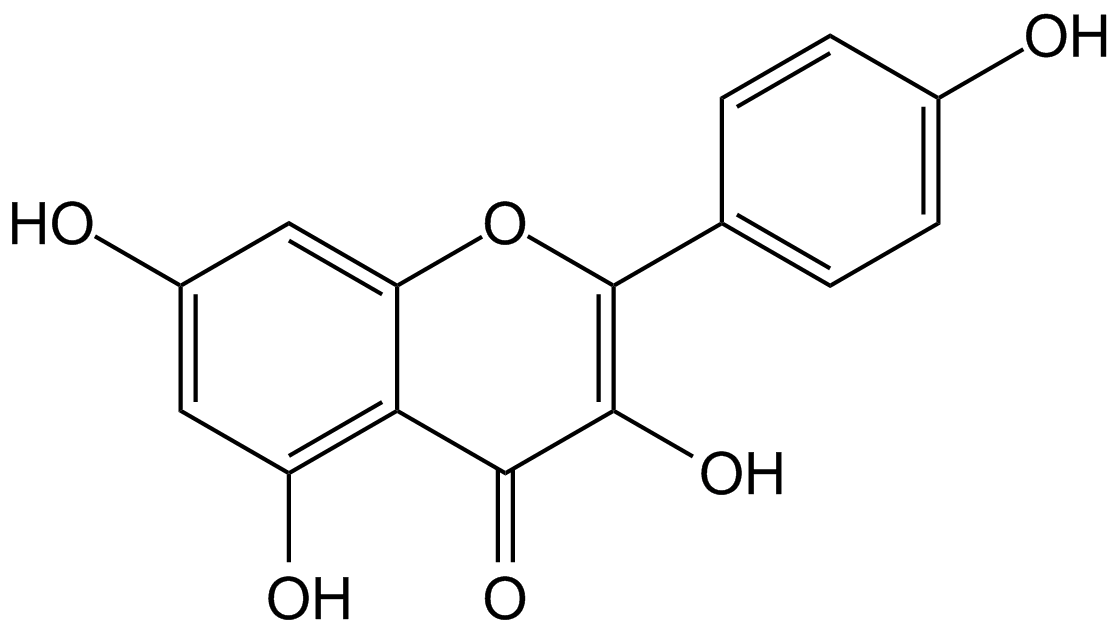
-
GC17874
Matrine
An alkaloid with diverse biological activities
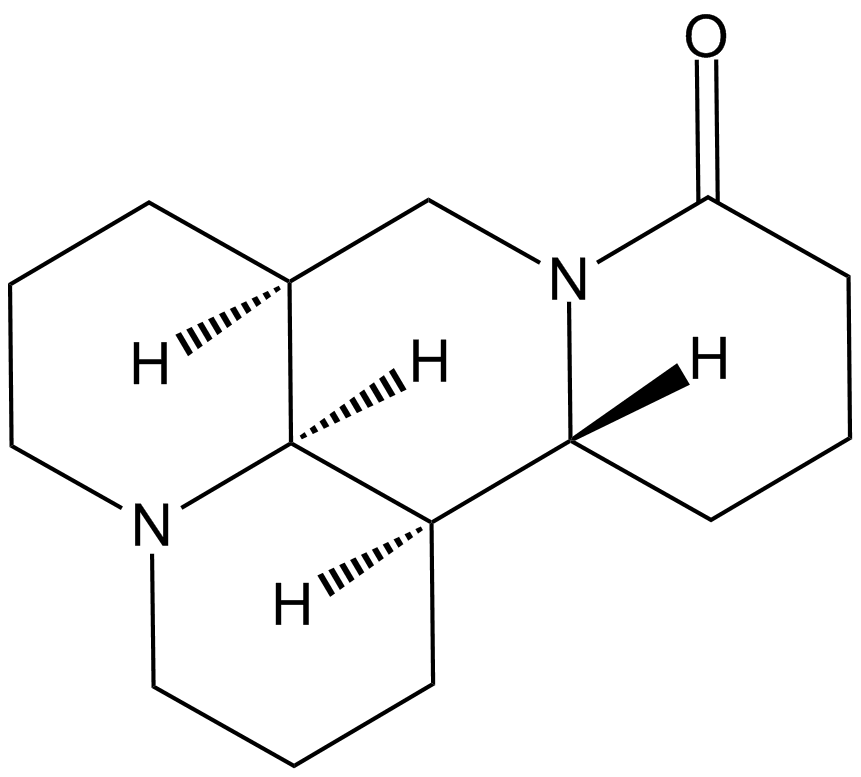
-
GC14312
Meisoindigo
Meisoindigo (Dian III), ein Derivat von Indirubin, stoppt den Zellzyklus in der G0/G1-Phase und induziert die Apoptose in Zellen der primÄren akuten myeloischen LeukÄmie (AML). Meisoindigo weist eine hohe AntitumoraktivitÄt auf.
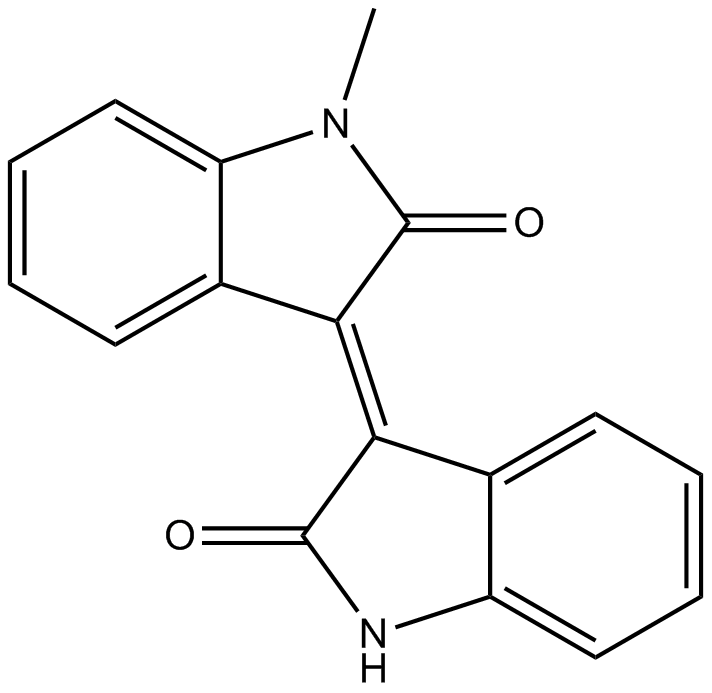
-
GC13034
ML-291
ML-291 ist ein UPR (unfolded protein response)-induzierendes Sulfonamidbenzamid. ML-291 ÜberwÄltigt die AnpassungsfÄhigkeit des UPR und induziert Apoptose in einer Vielzahl solider Krebsmodelle. ML-291 kann den PERK/eIF2a/CHOP (apoptotischen) Arm der UPR aktivieren und die Belastung durch LeukÄmiezellen reduzieren.
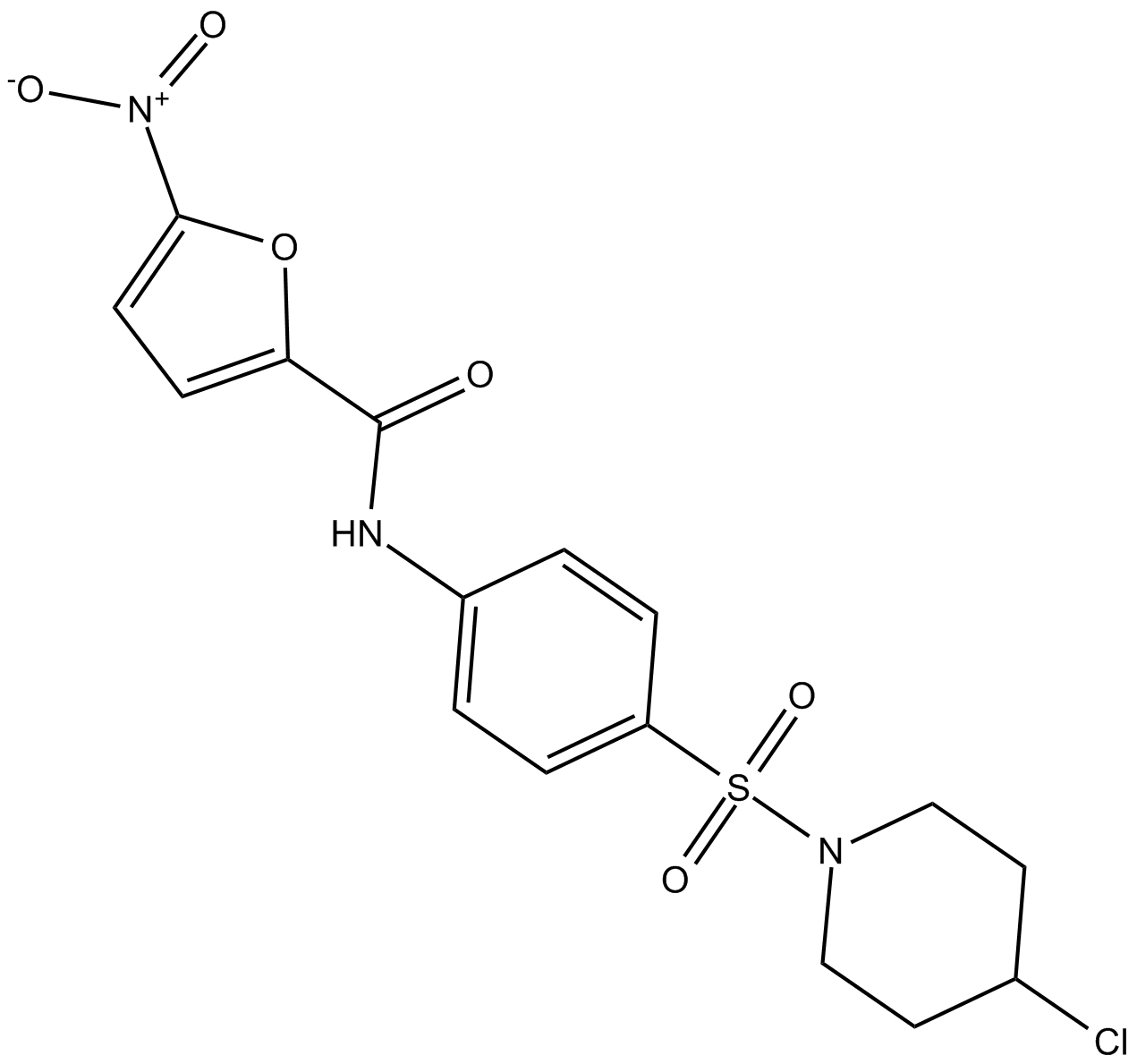
-
GC14050
MPI-0441138
inducer of apoptosis and growth inhibition
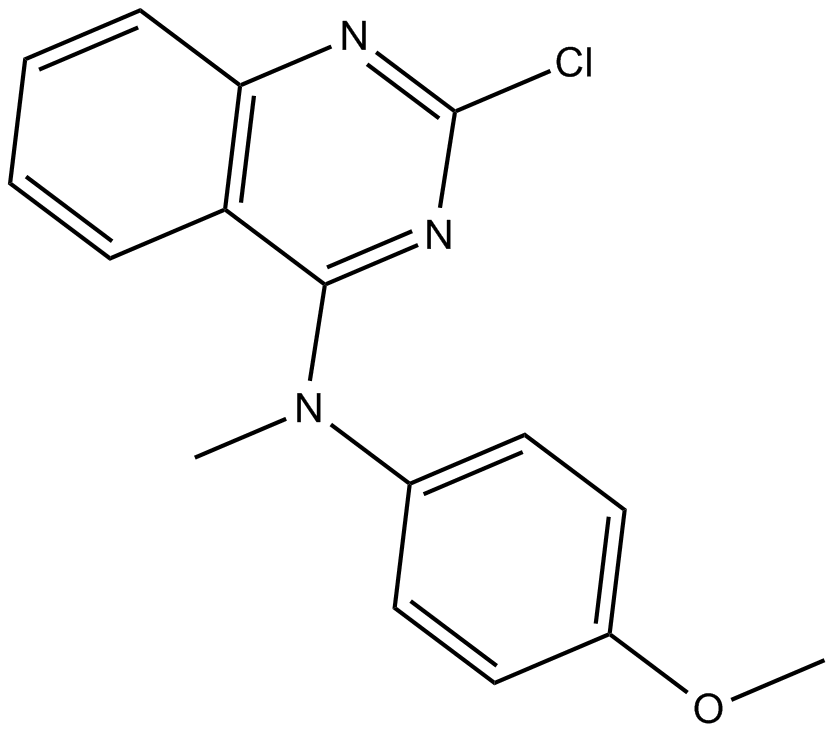
-
GC14860
Oncrasin 1
An anticancer agent
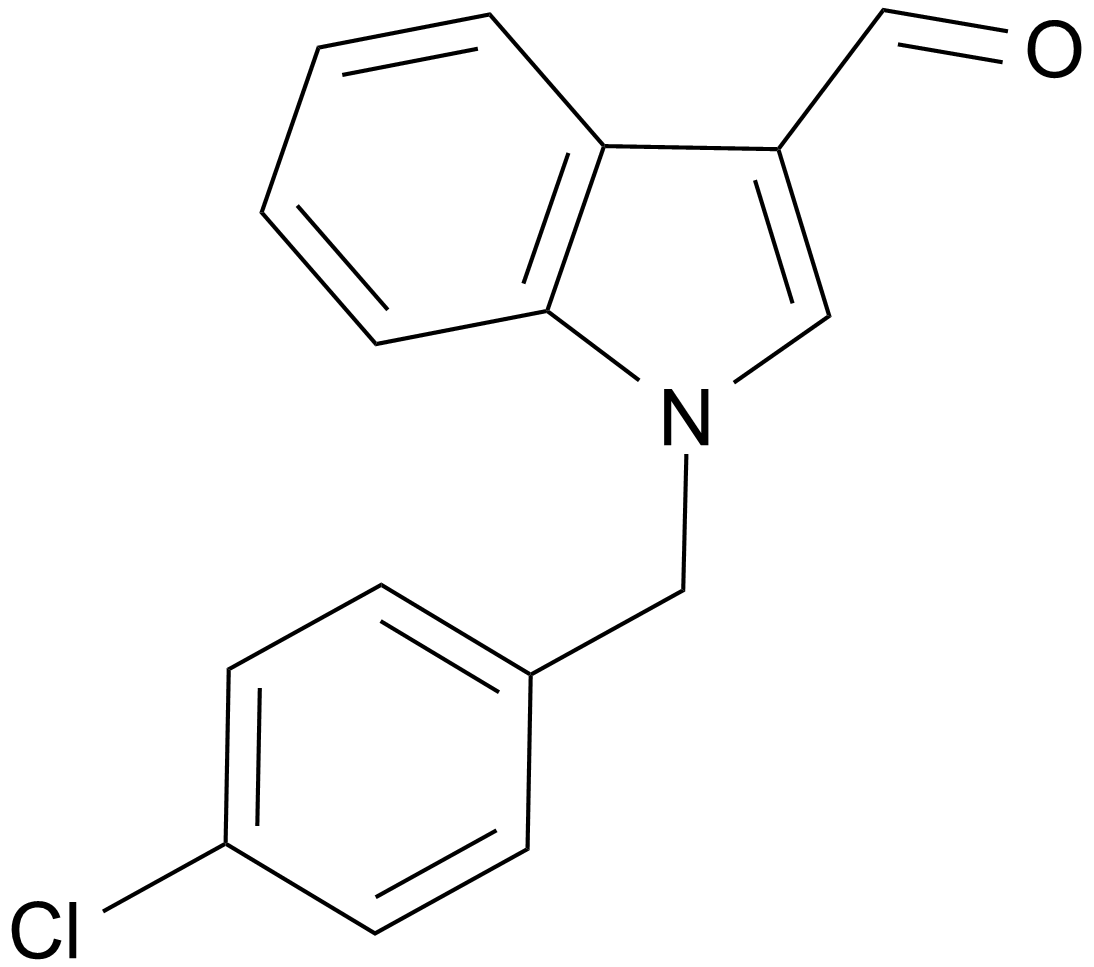
-
GC10282
Piperlongumine
An alkaloid with anticancer and antioxidant activities
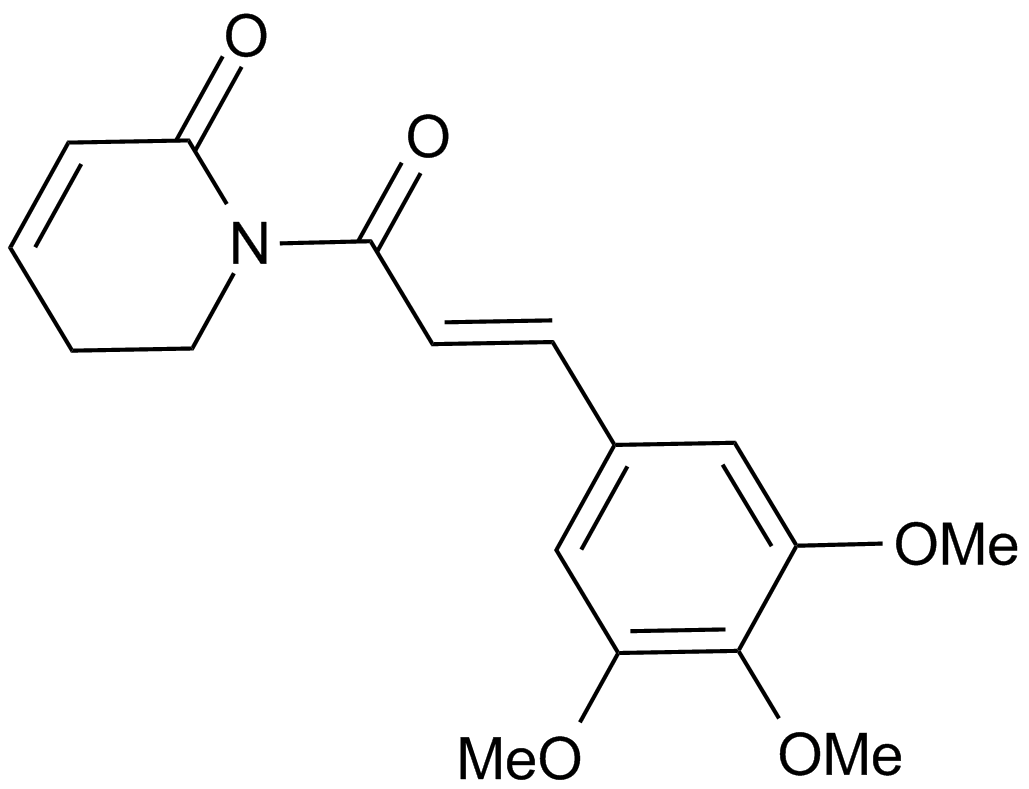
-
GC10315
Plumbagin
A natural naphthoquinone
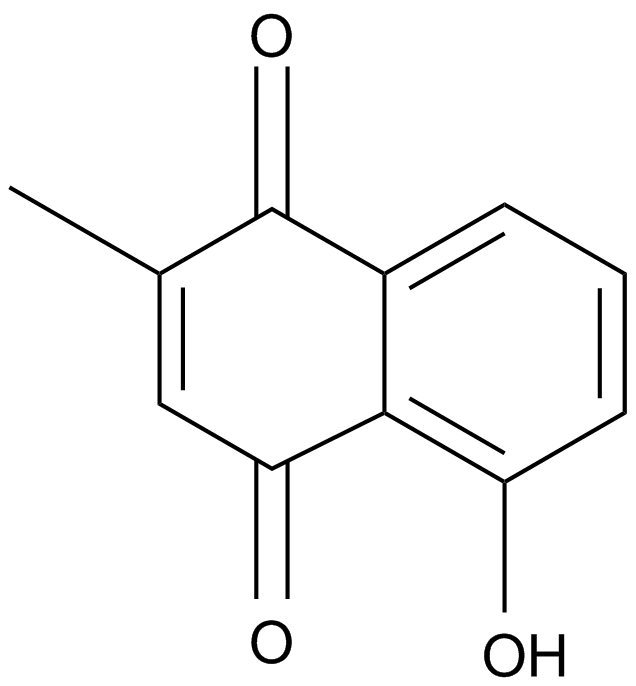
-
GC15035
PM00104
Potent antimyeloma agent
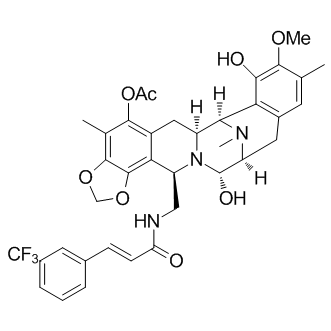
-
GC14847
Psoralidin
Psoralidin ist ein dualer Inhibitor von COX-2 und 5-LOX und reguliert durch ionisierende Strahlung (IR) induzierte LungenentzÜndungen. Anti-Krebs-, antibakterielle und entzÜndungshemmende Eigenschaften. Psoralidin reguliert die NOTCH1-Signalgebung signifikant herunter. Psoralidin induziert auch stark die ROS-Erzeugung.
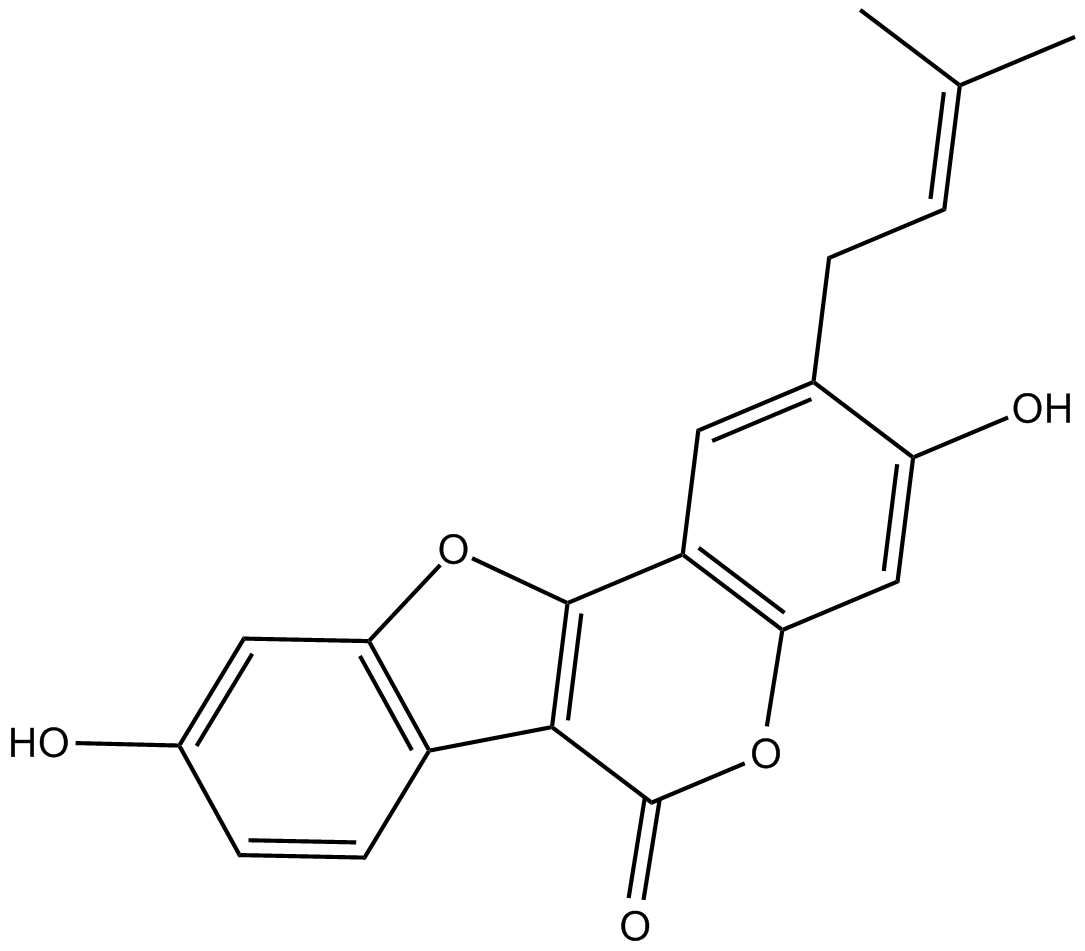
-
GC12857
R1530
A multi-kinase inhibitor
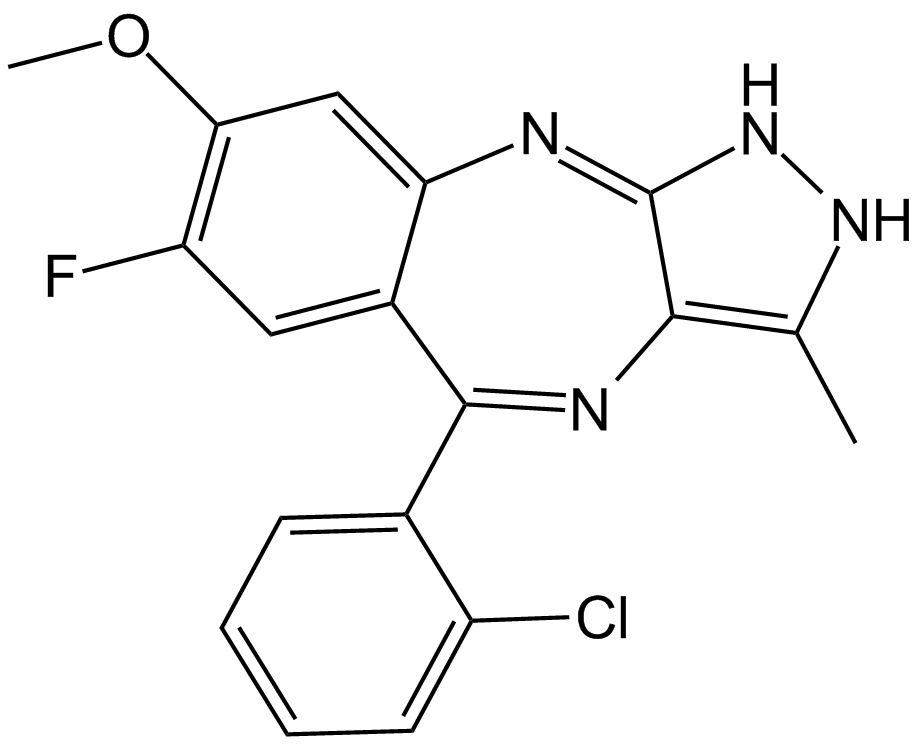
-
GC15036
Raltegravir potassium salt
Raltegravir (MK 0518)-Kalium ist ein starker Integrase (IN)-Hemmer, der zur Behandlung von HIV-Infektionen eingesetzt wird.
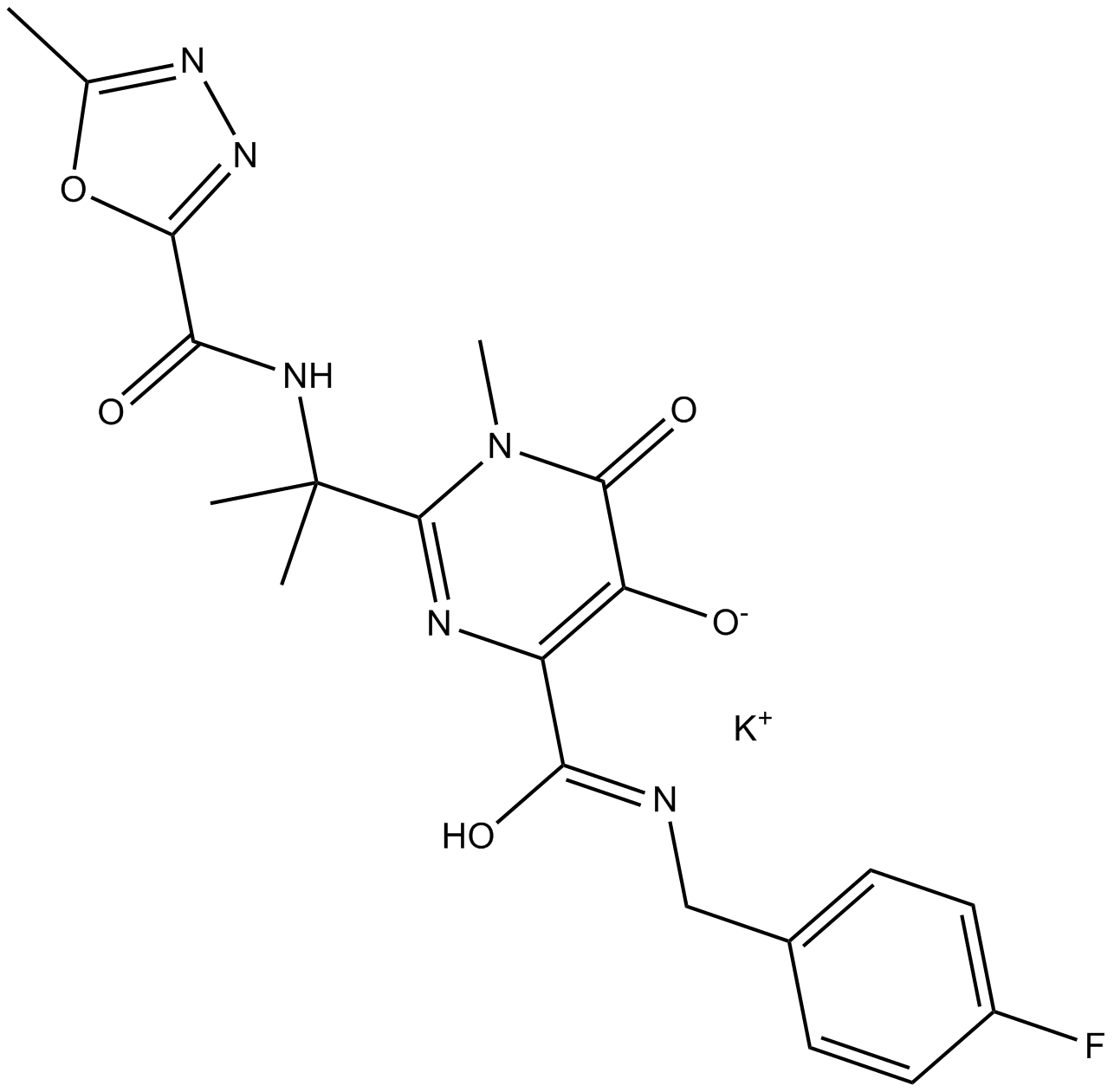
-
GC16055
SMIP004
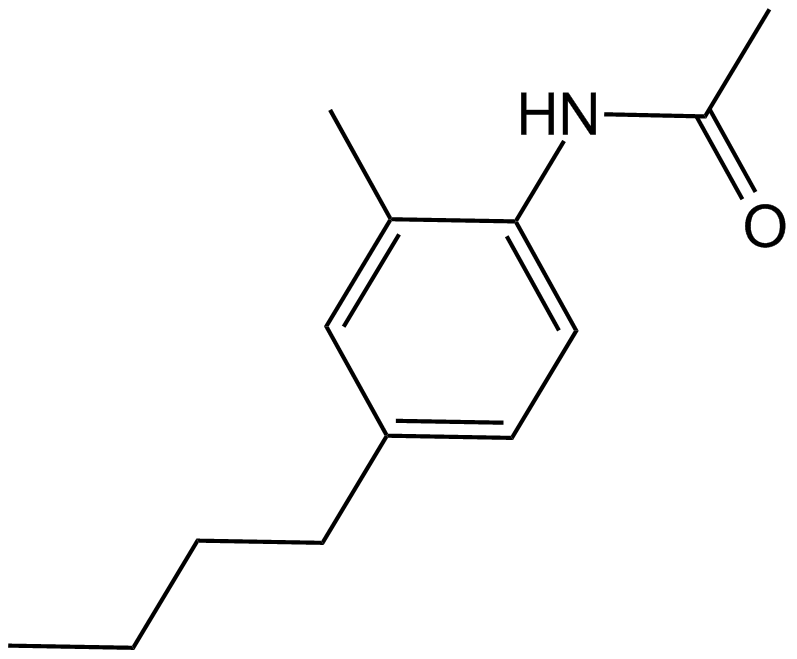
-
GC17131
Streptozocin
Ein diabetogenes Mittel, das auf Betazellen abzielt.
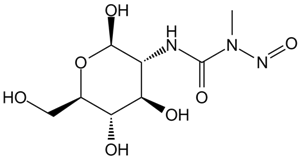
-
GC18044
Trabectedin
An alkaloid with anticancer activity
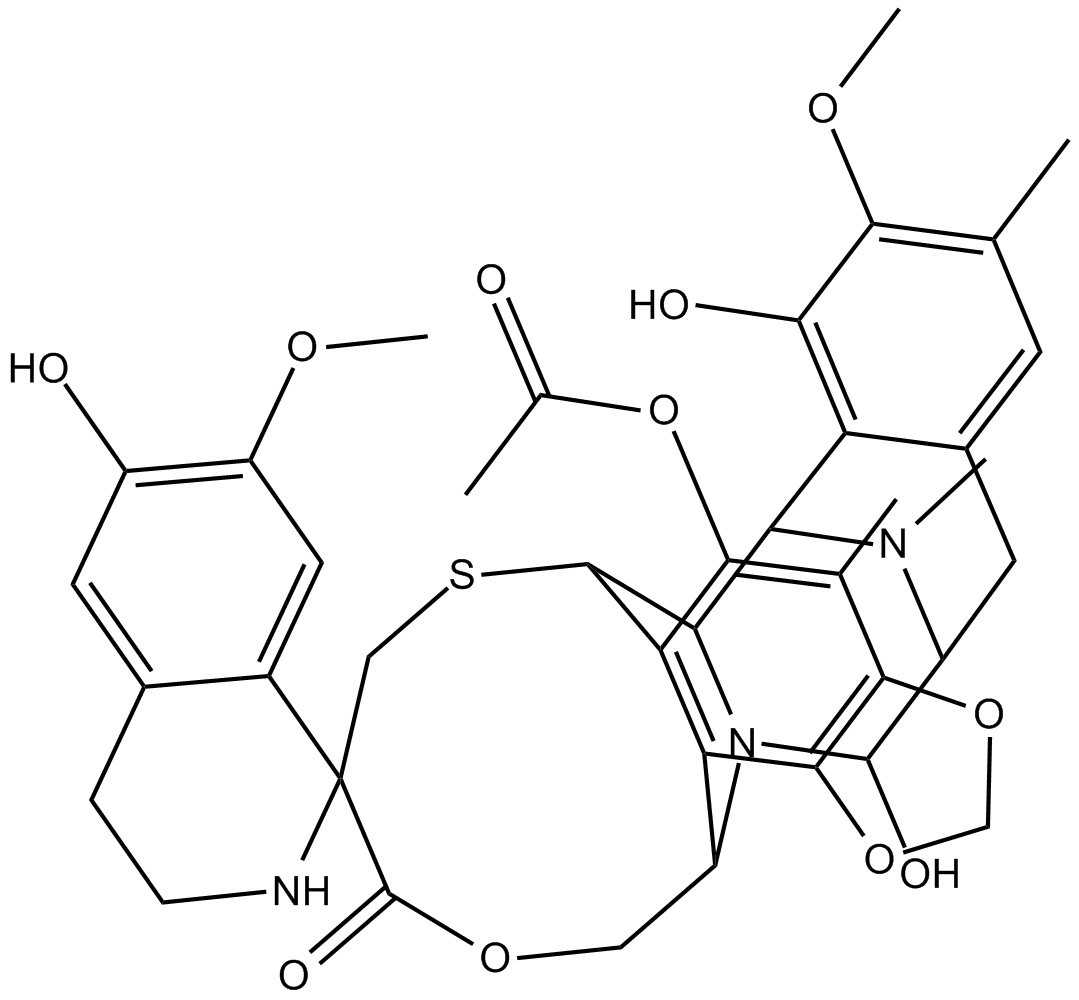
-
GC12649
TW-37
An inhibitor of the Bcl-2 family proteins
